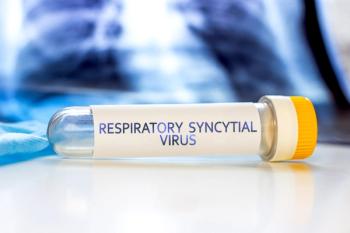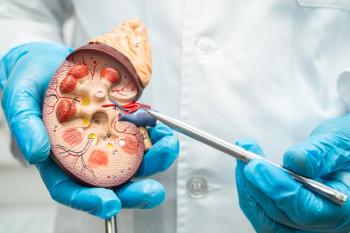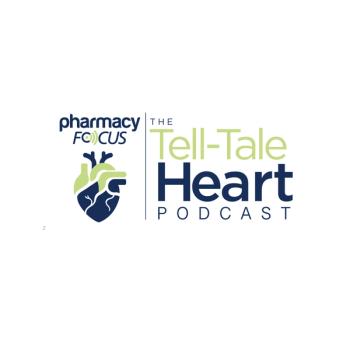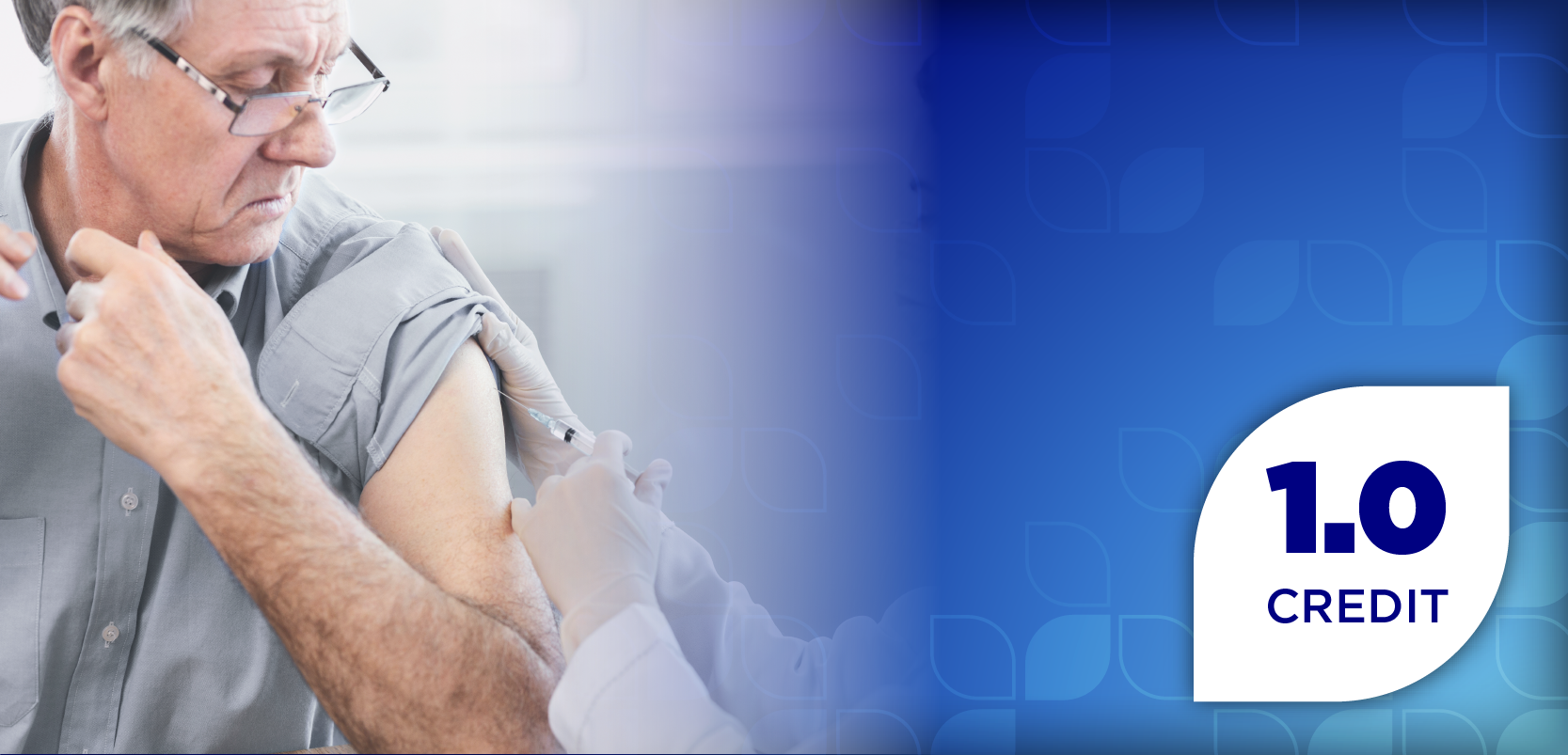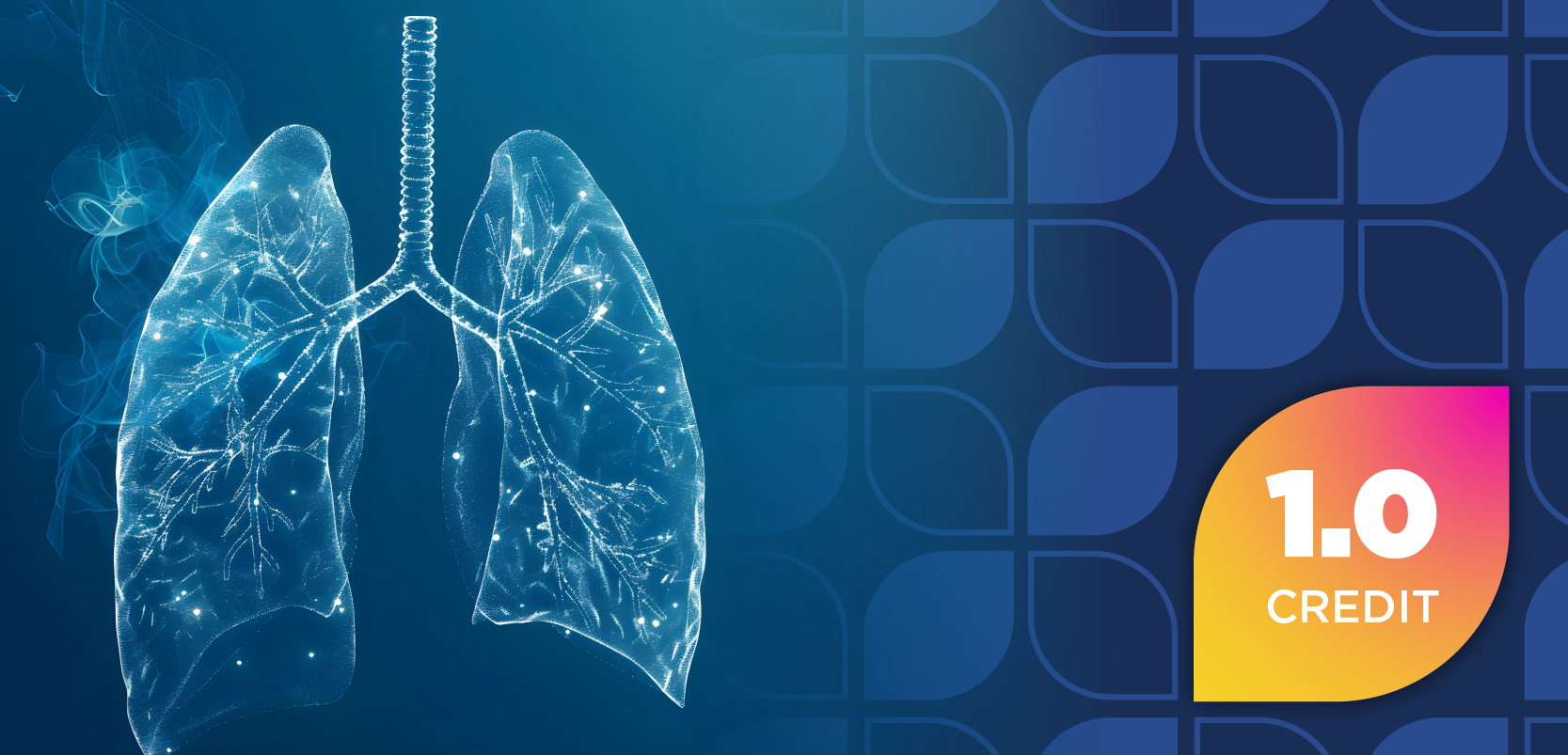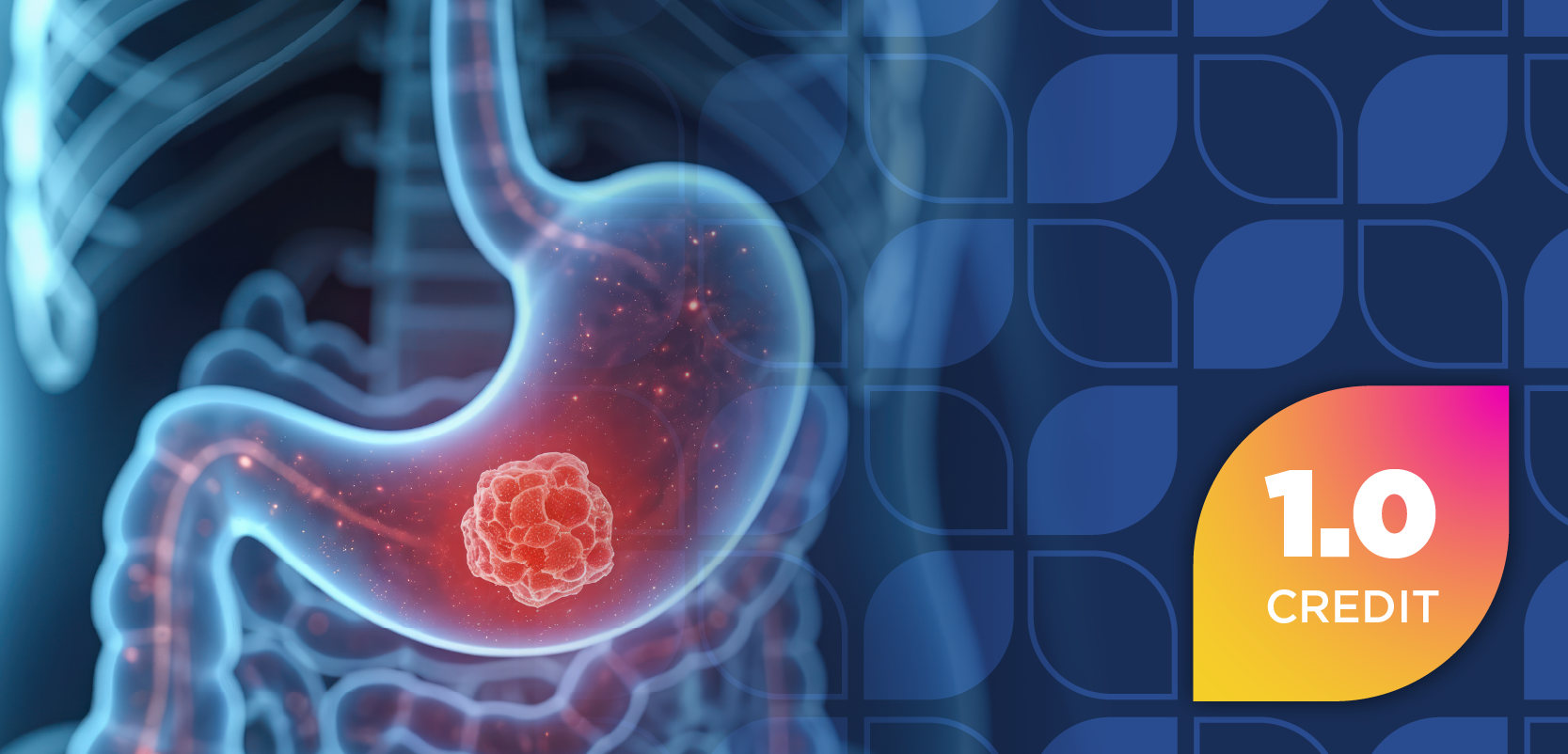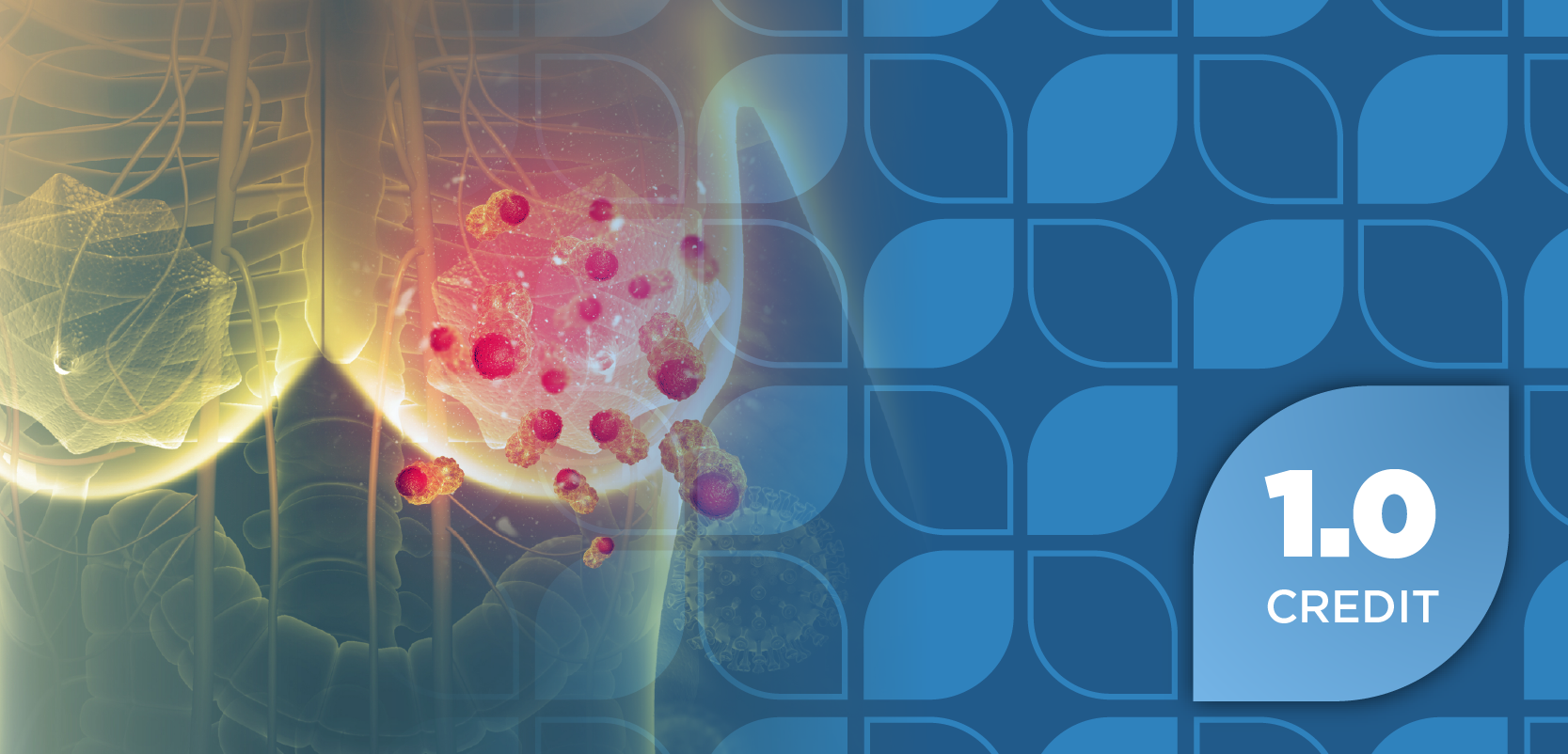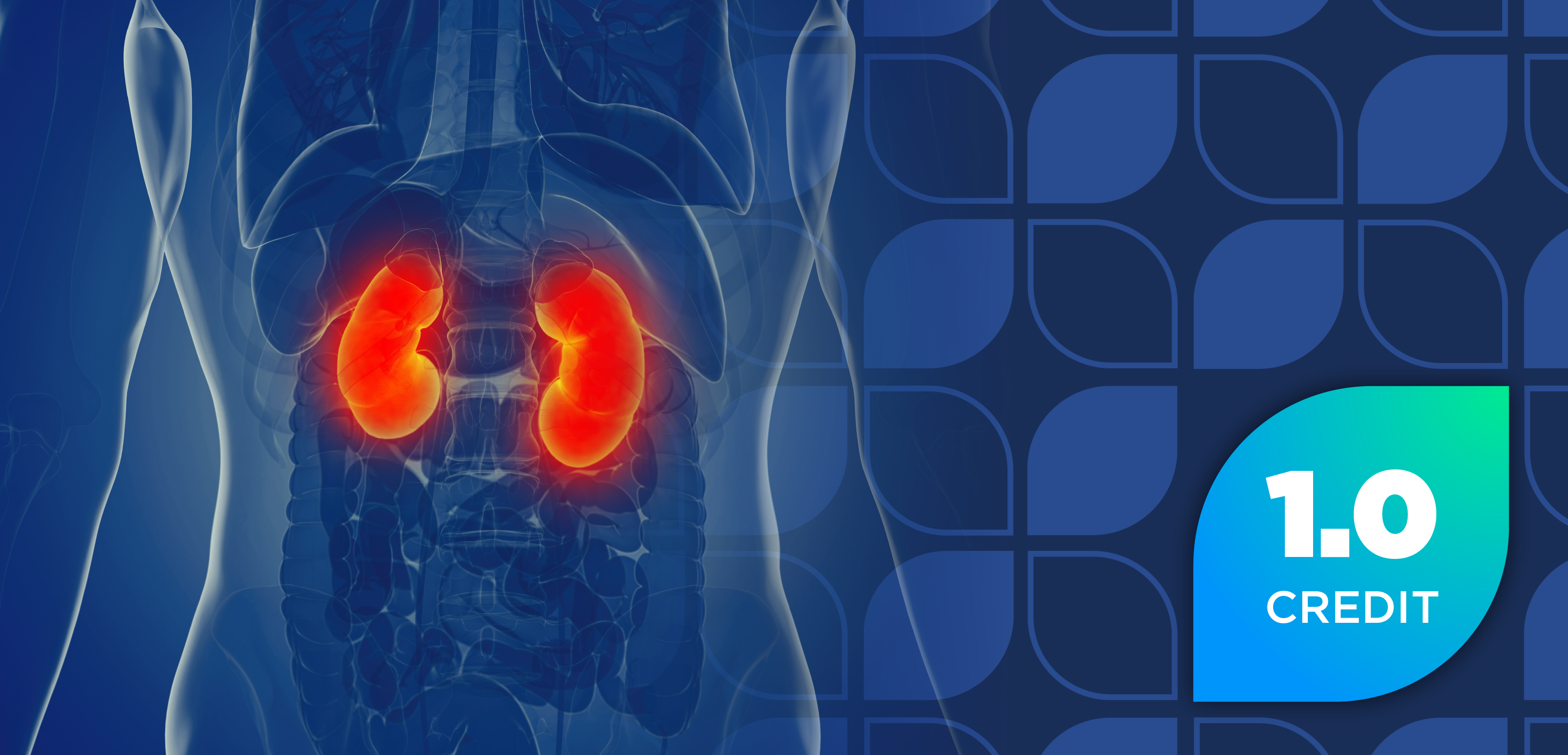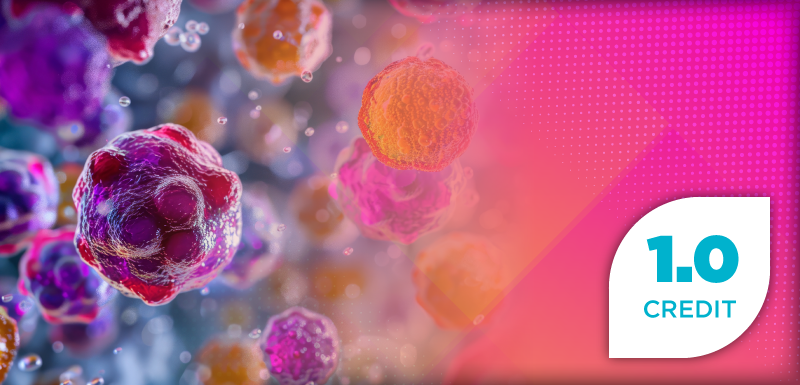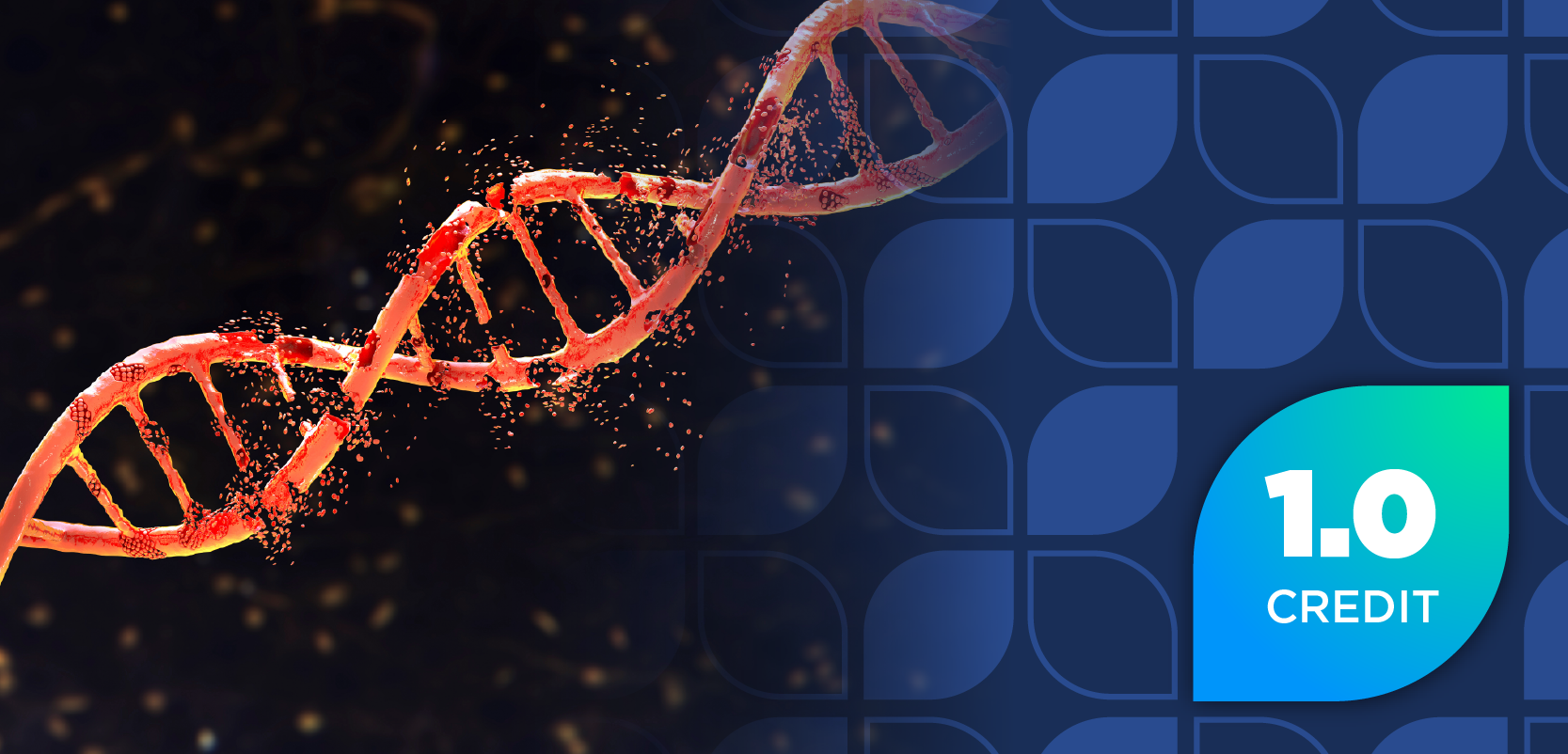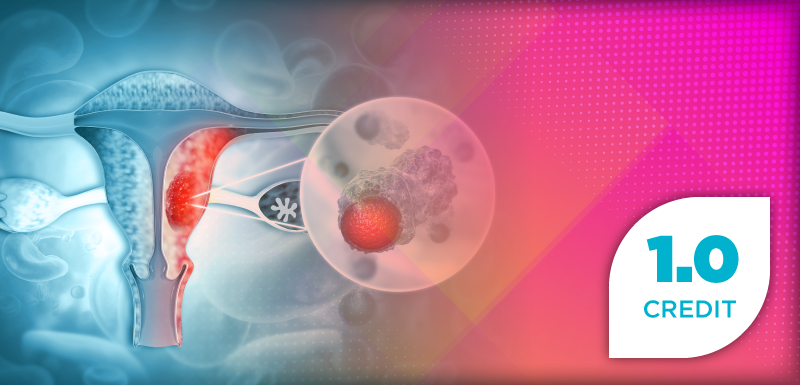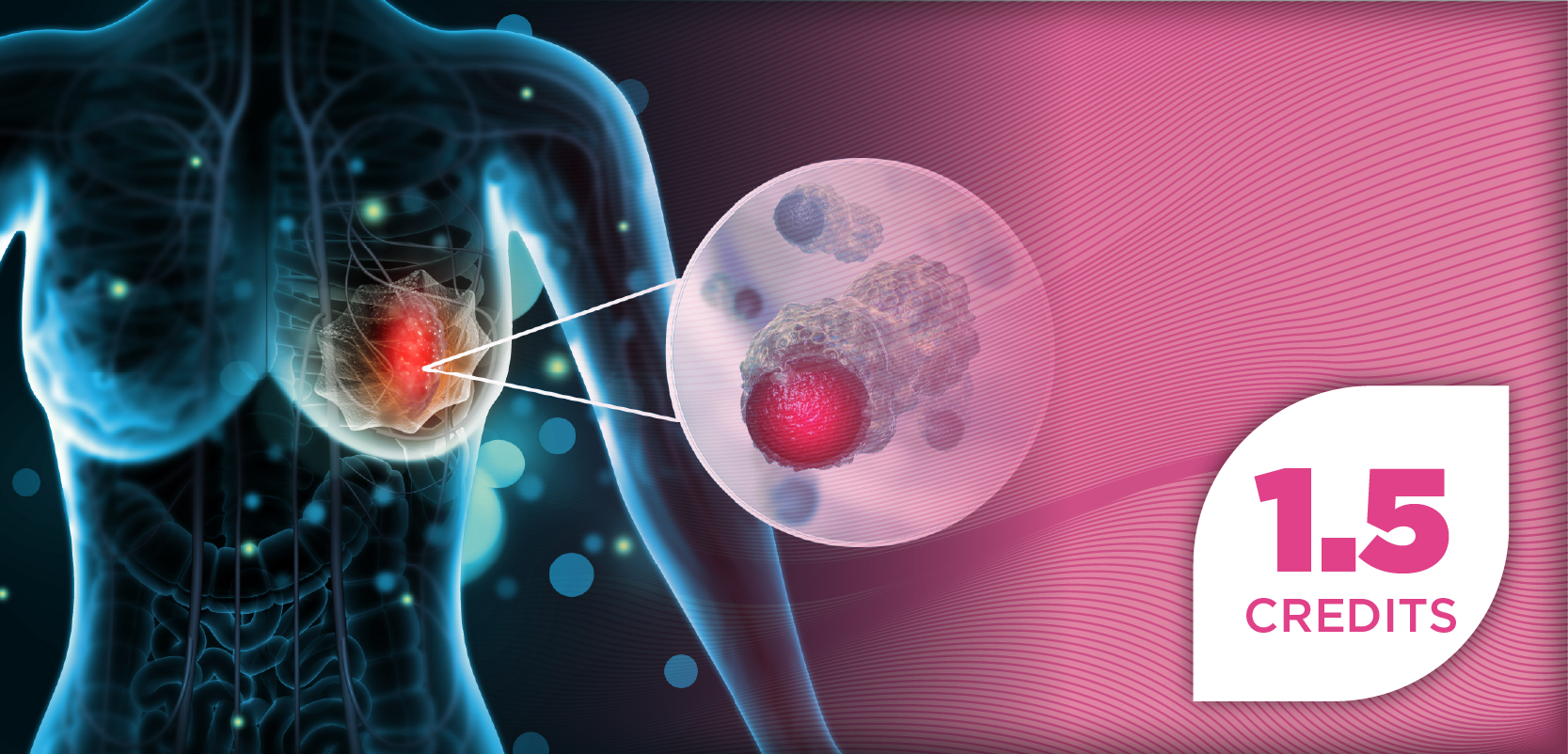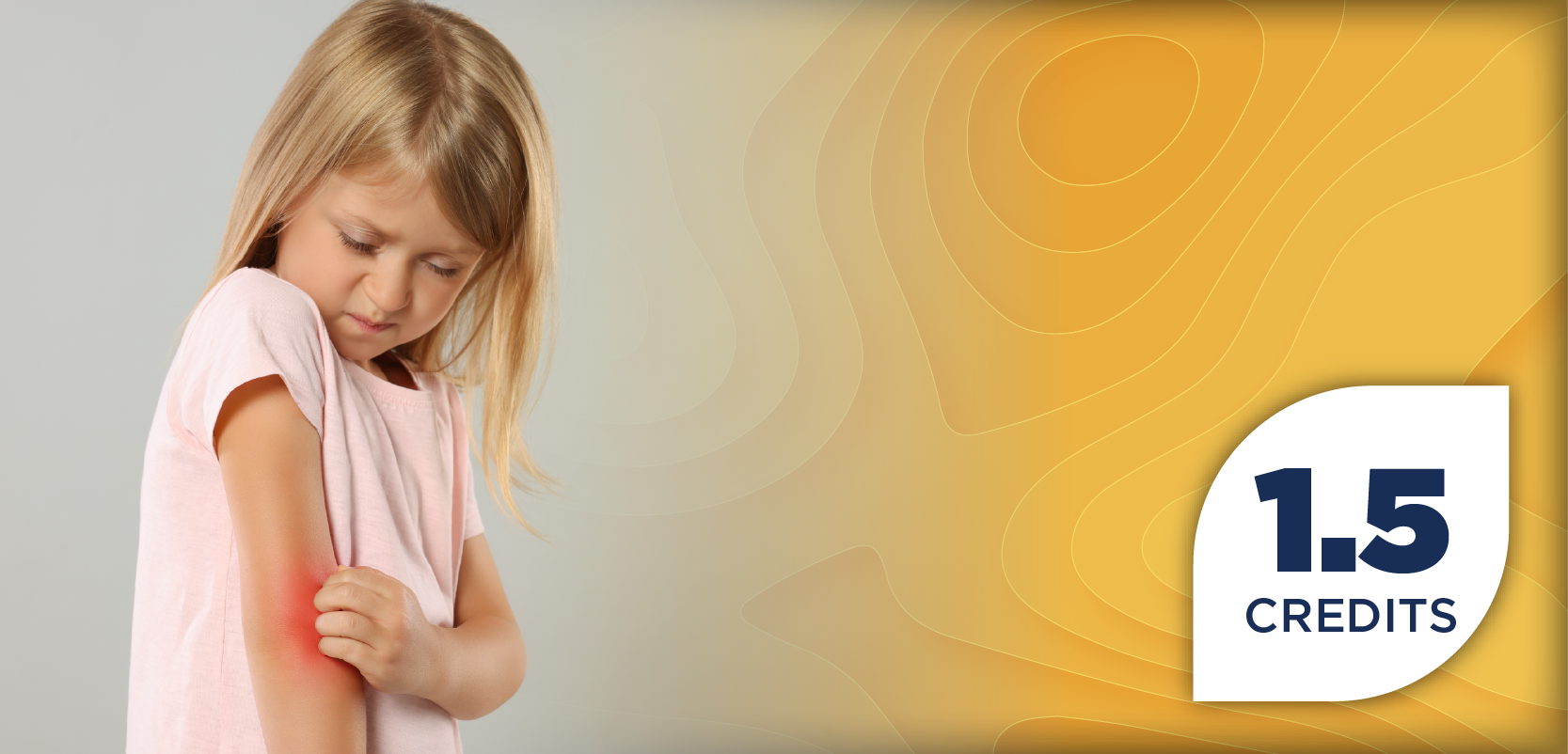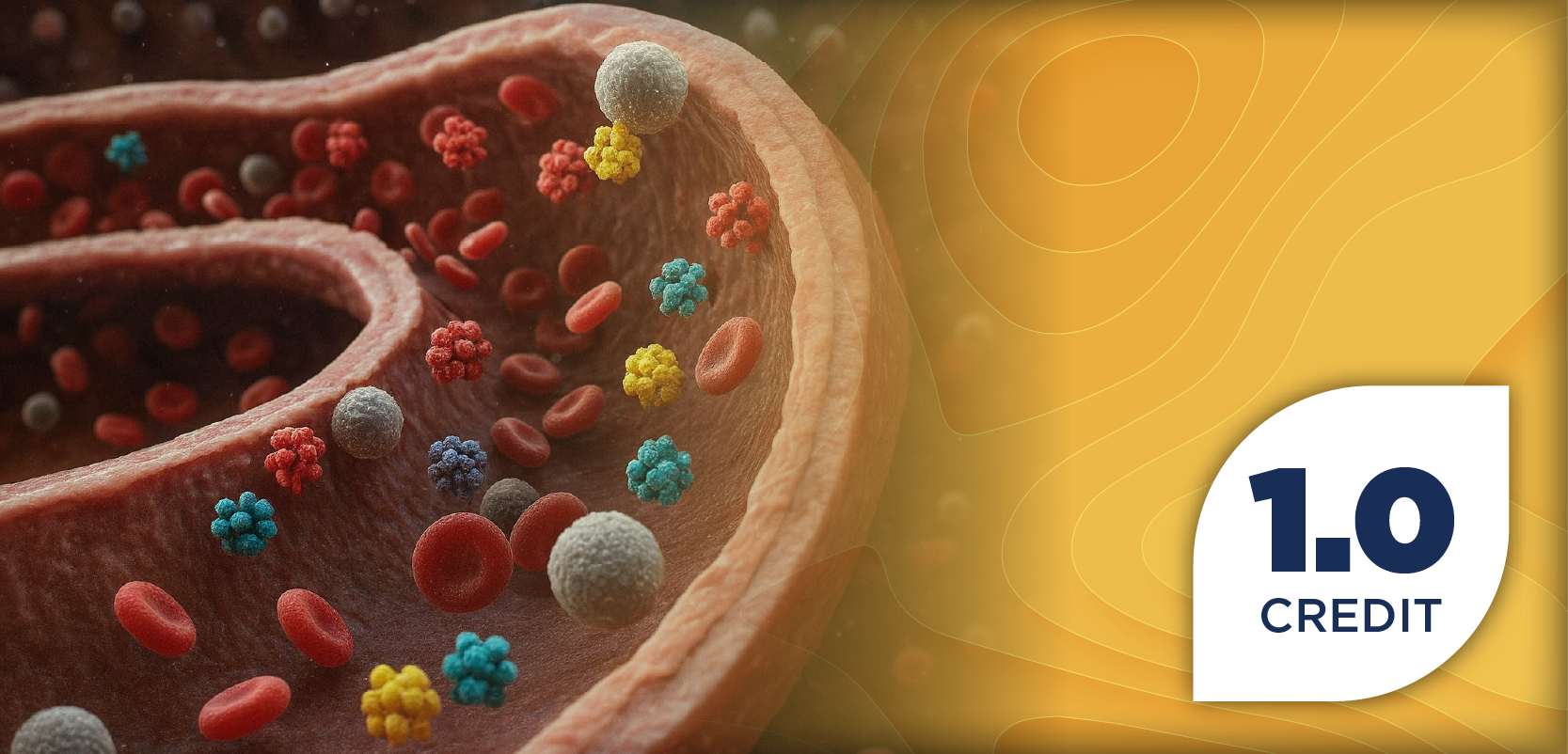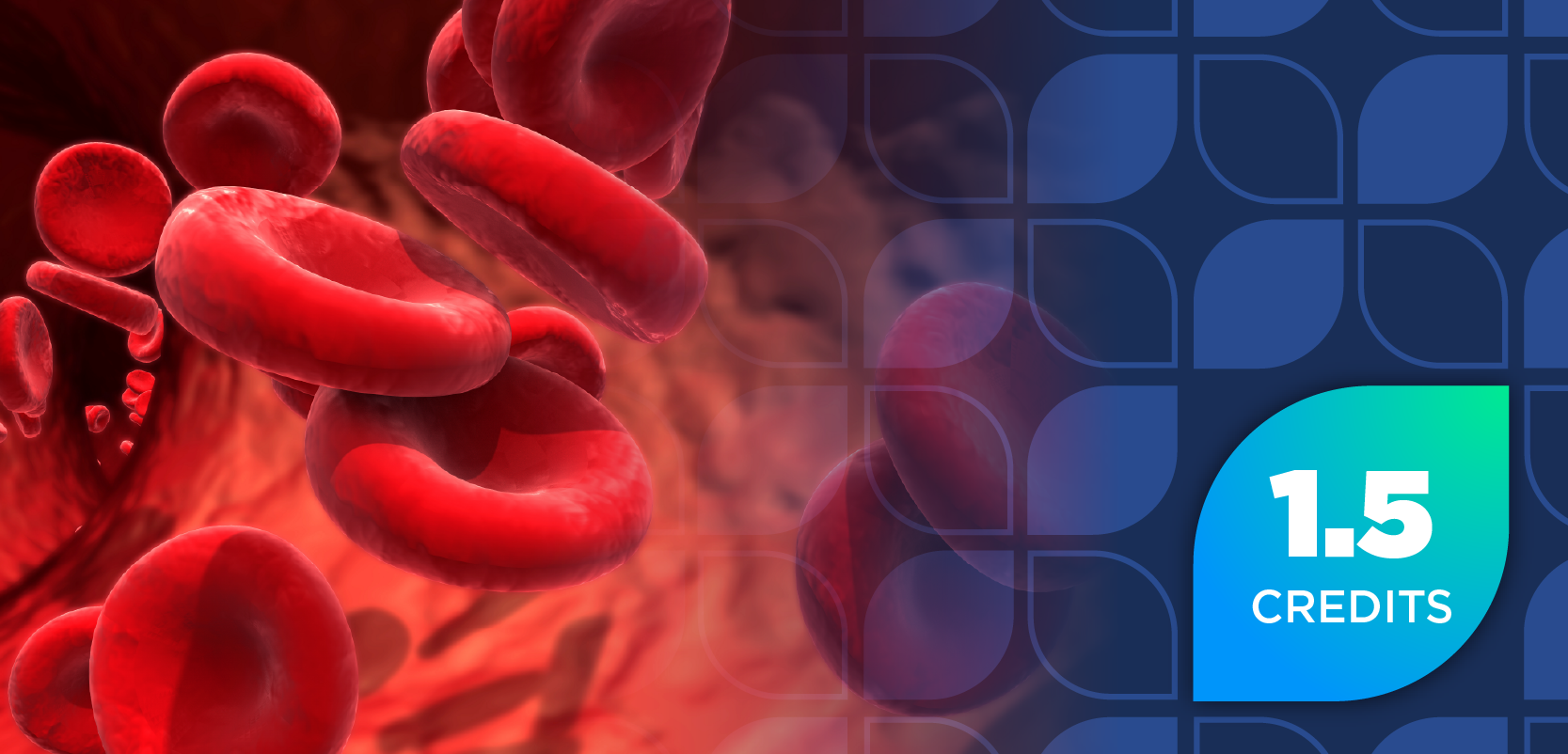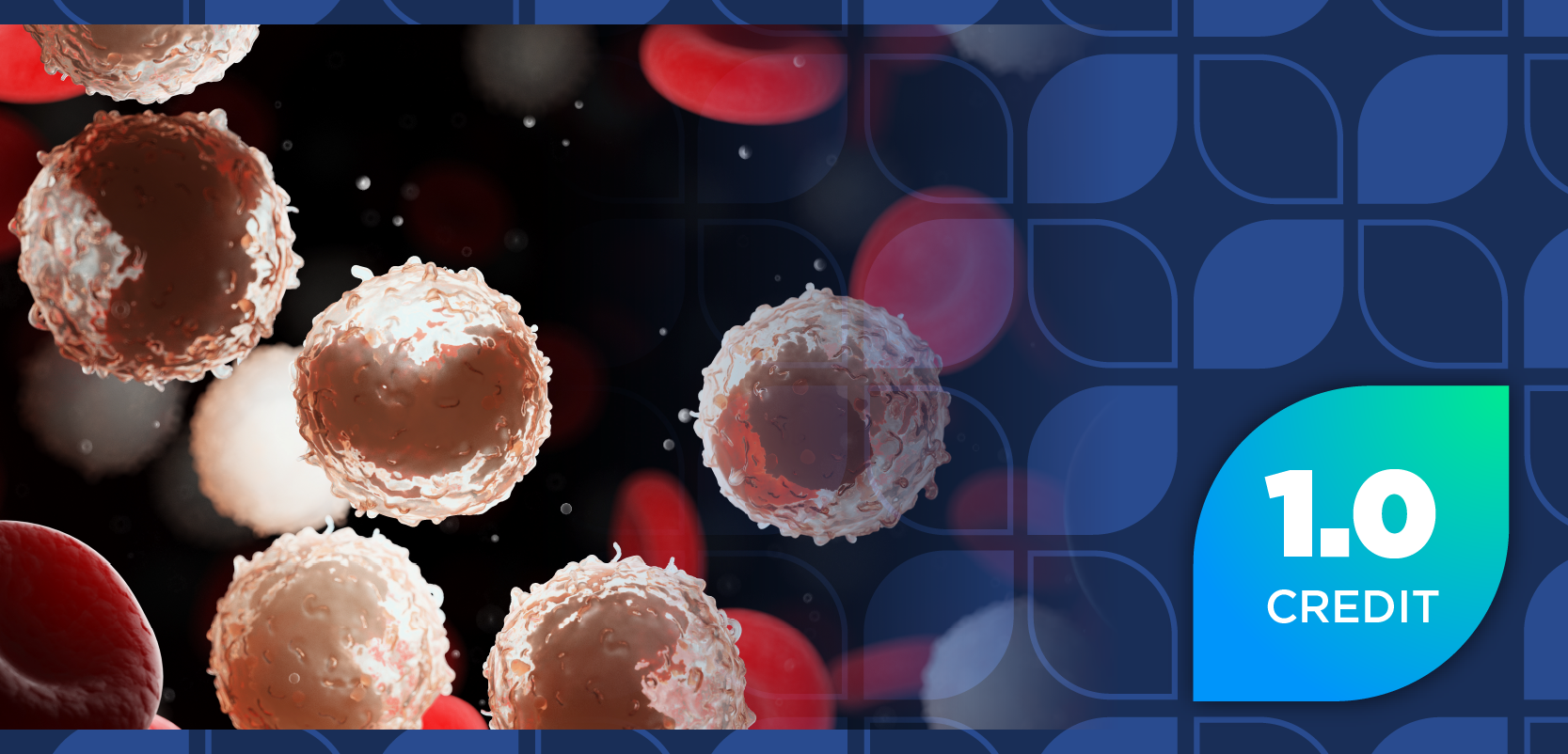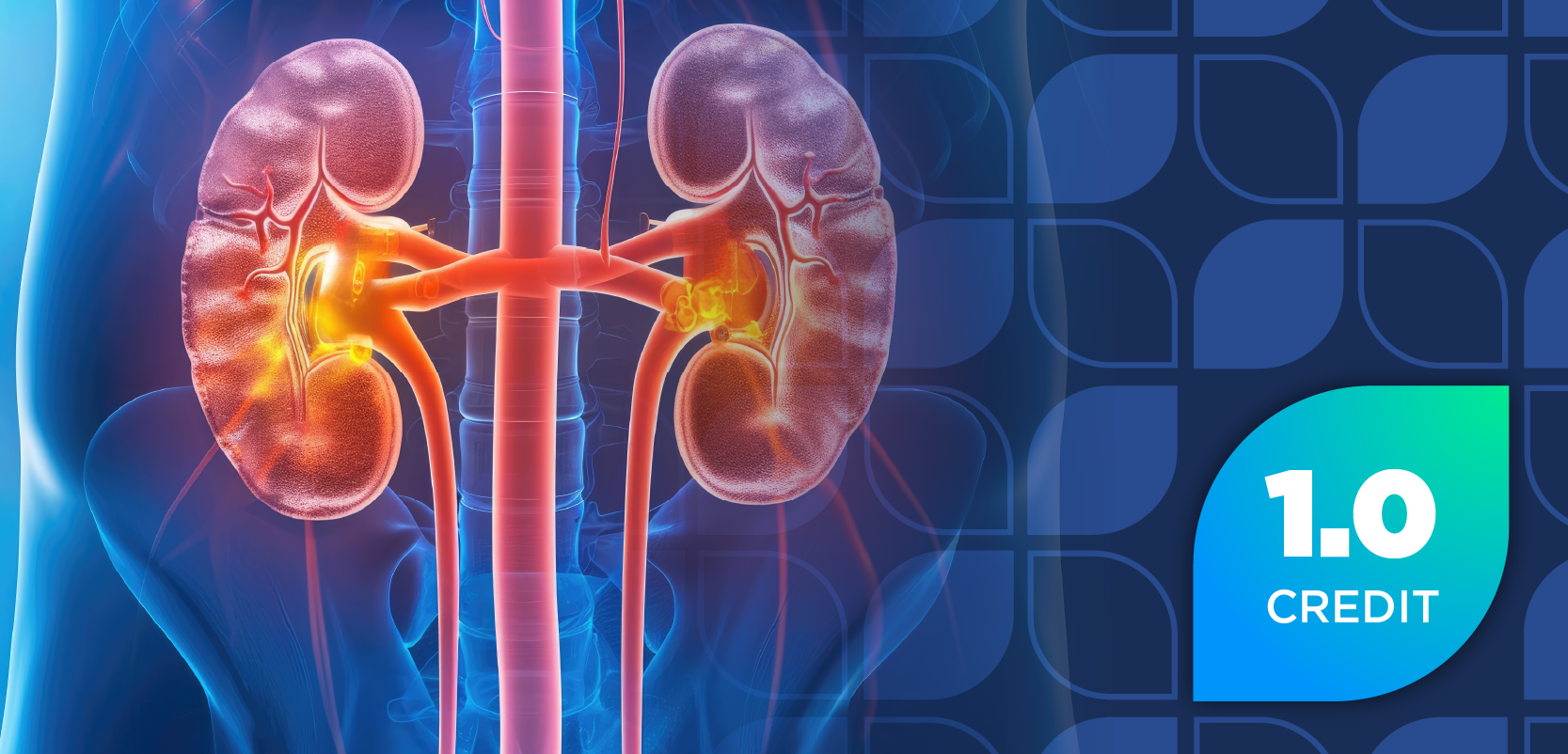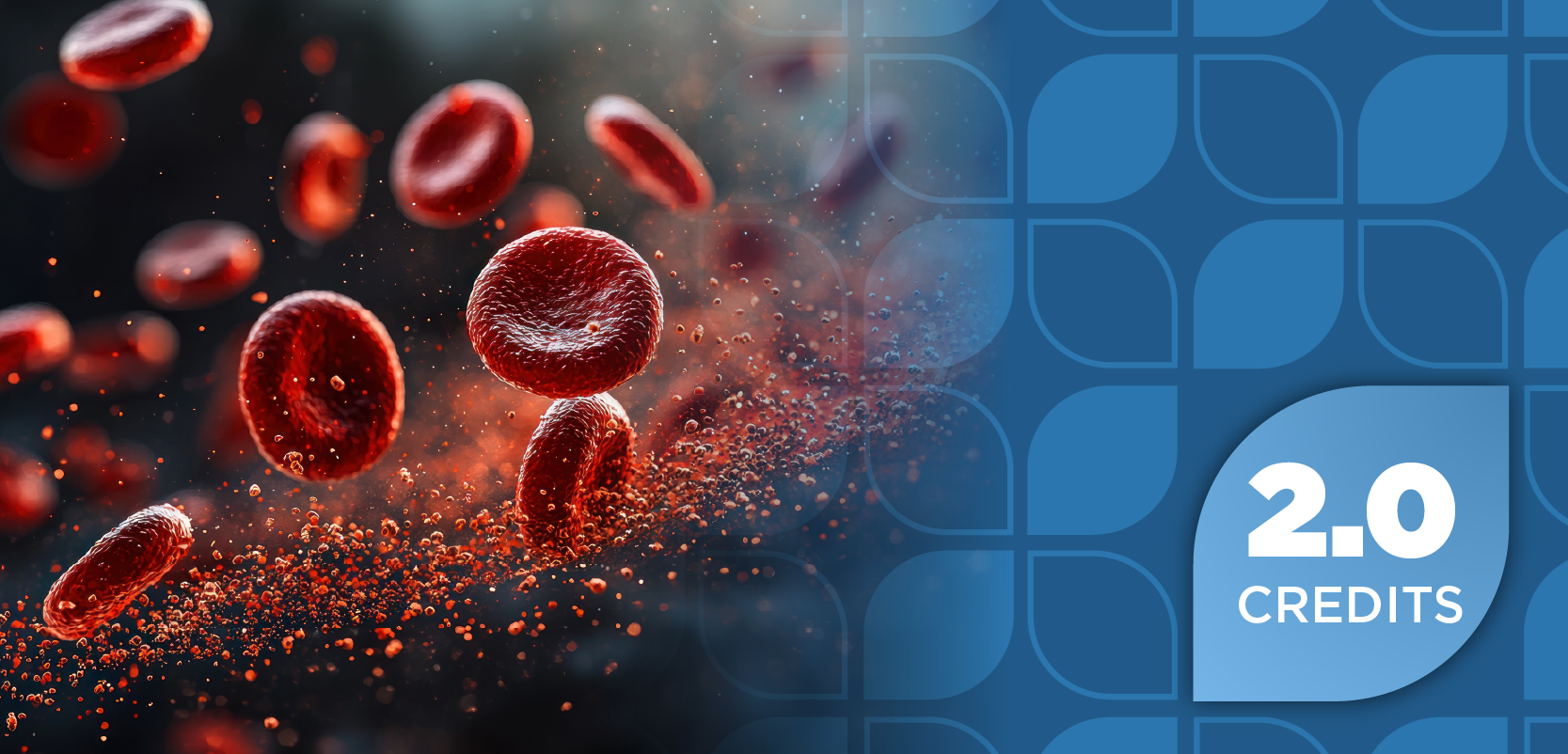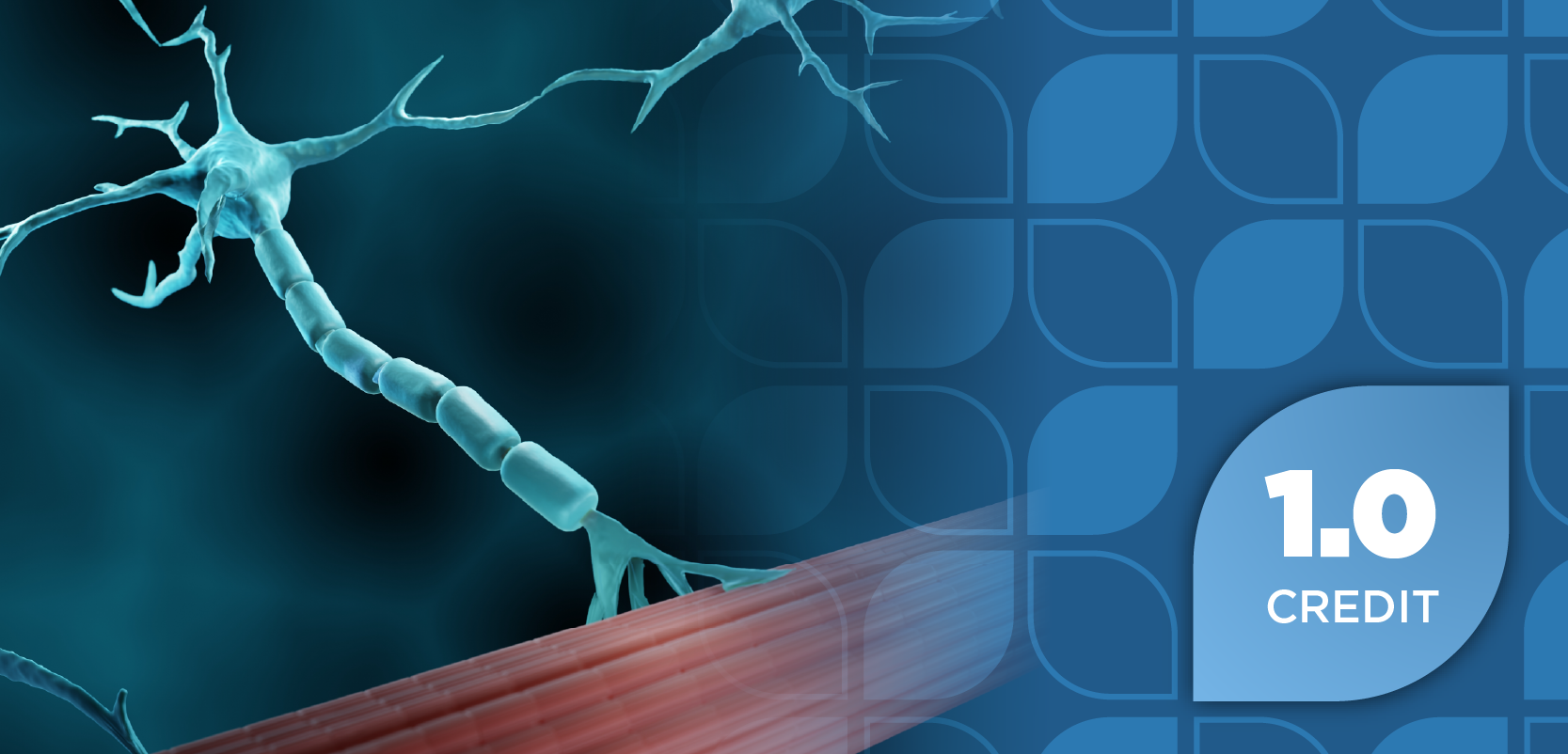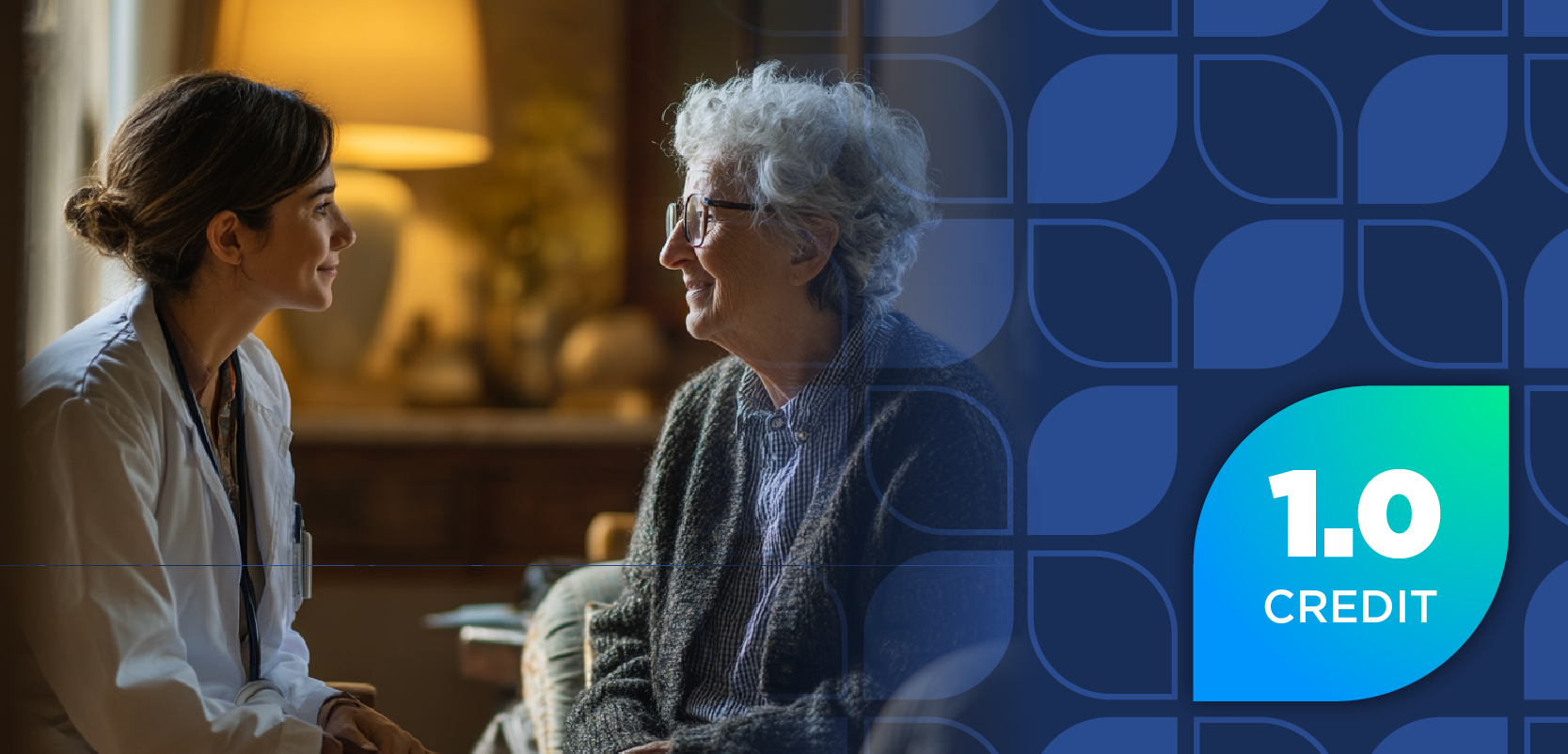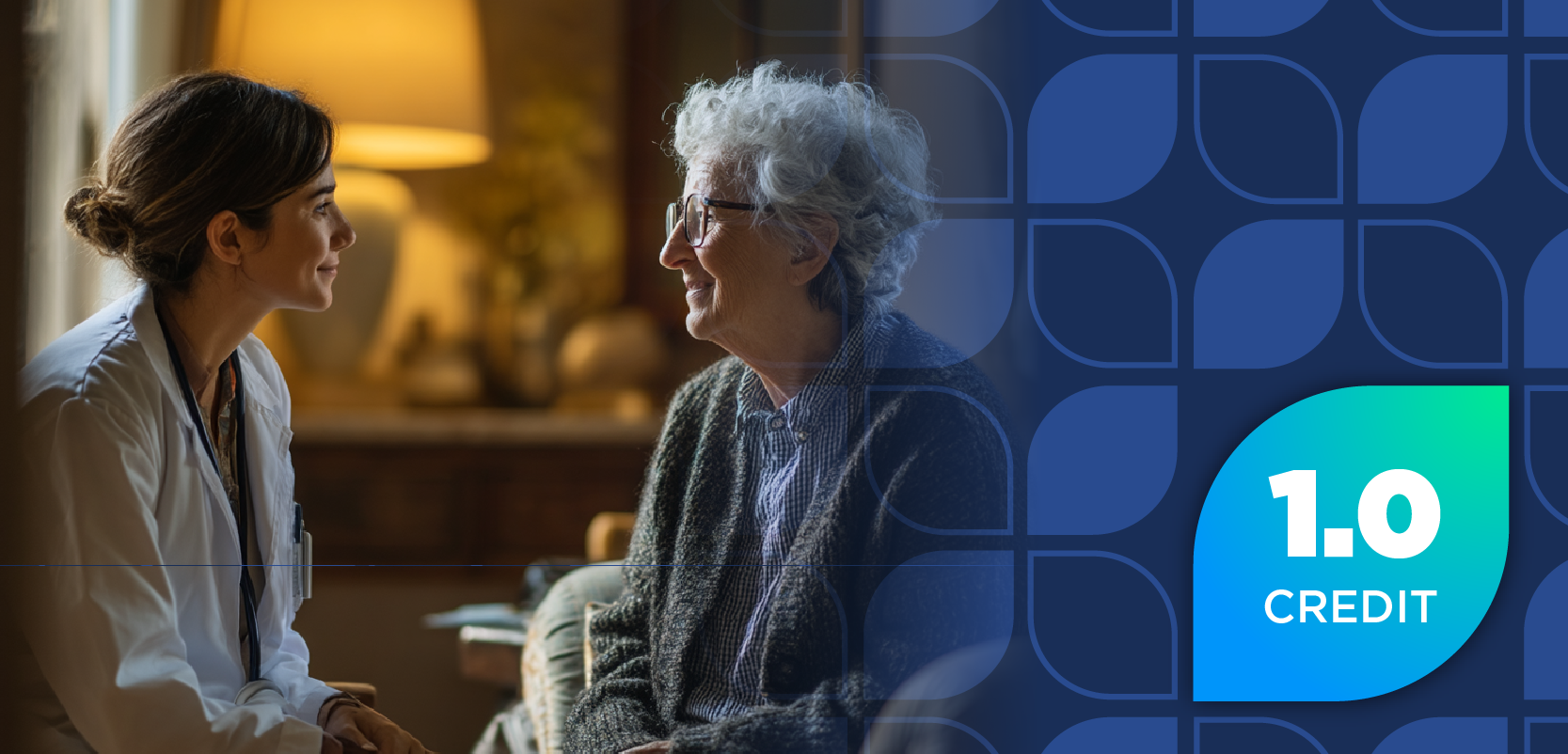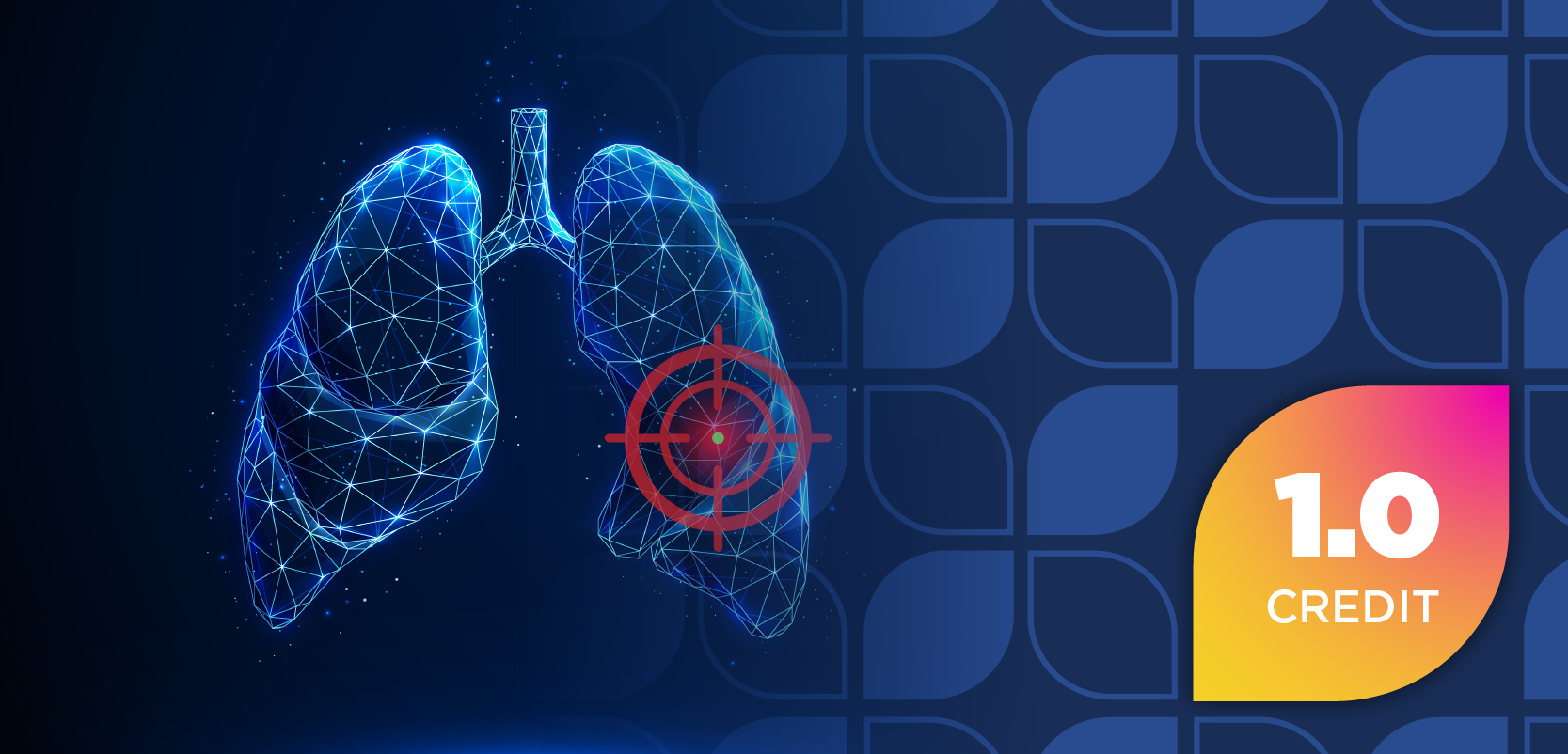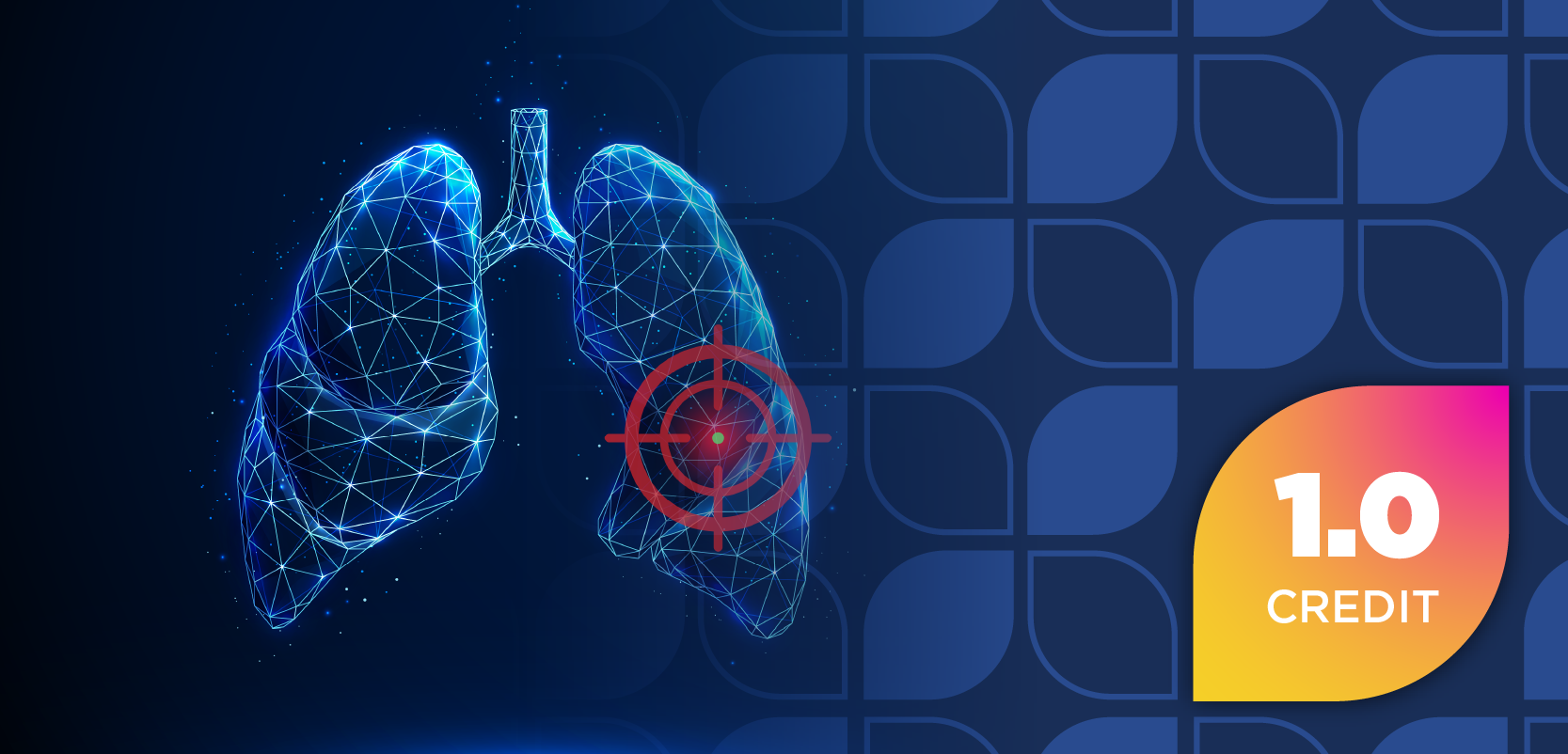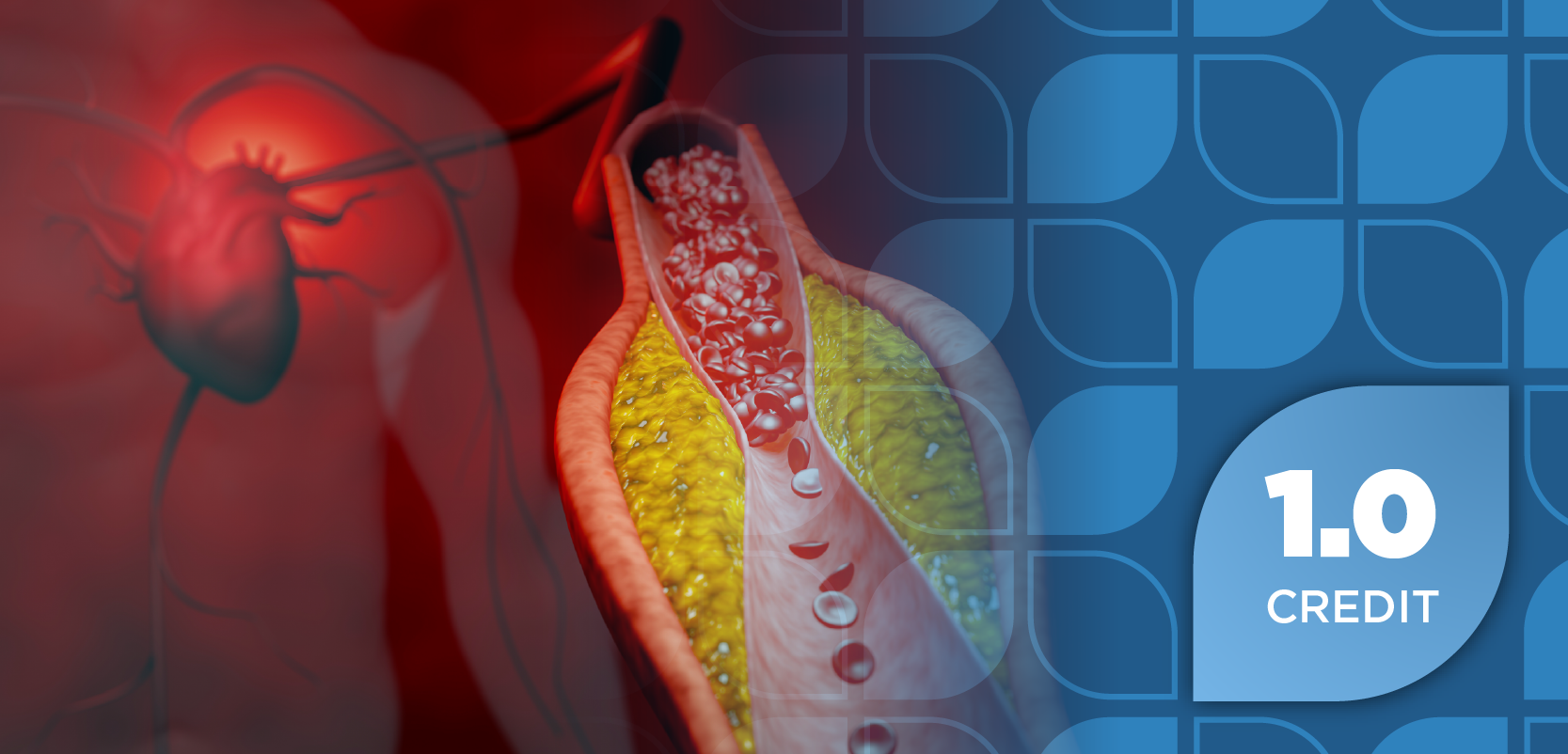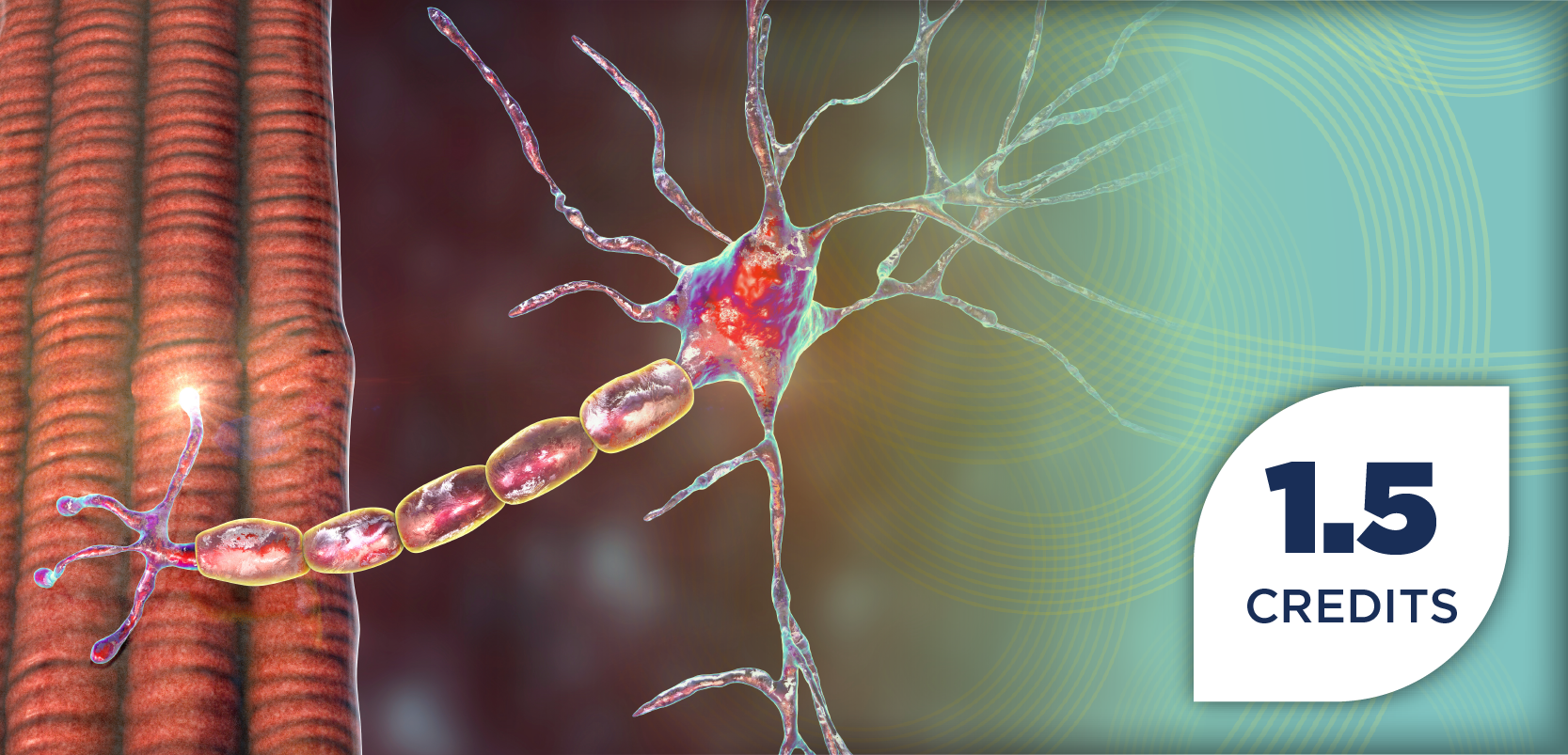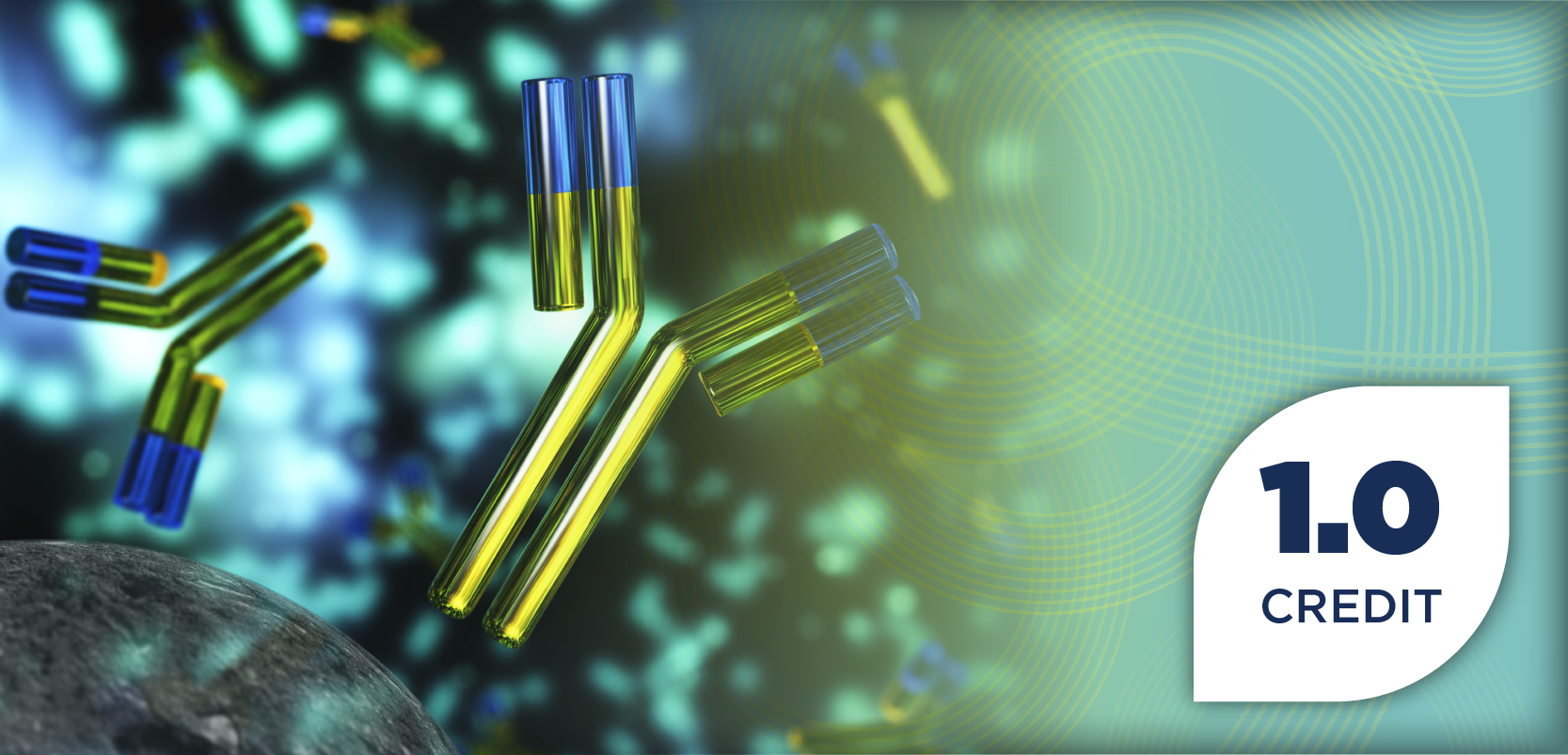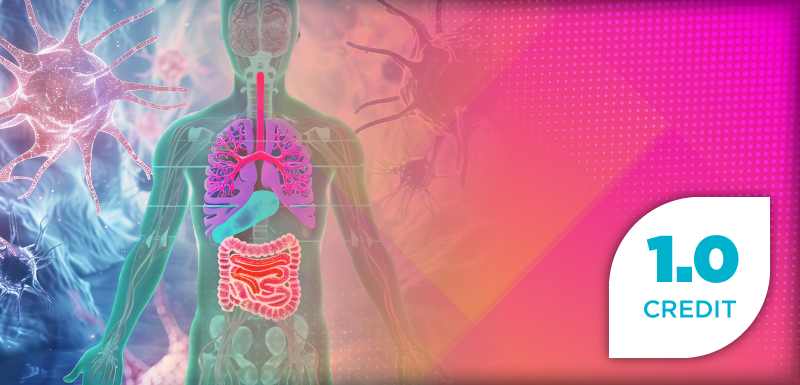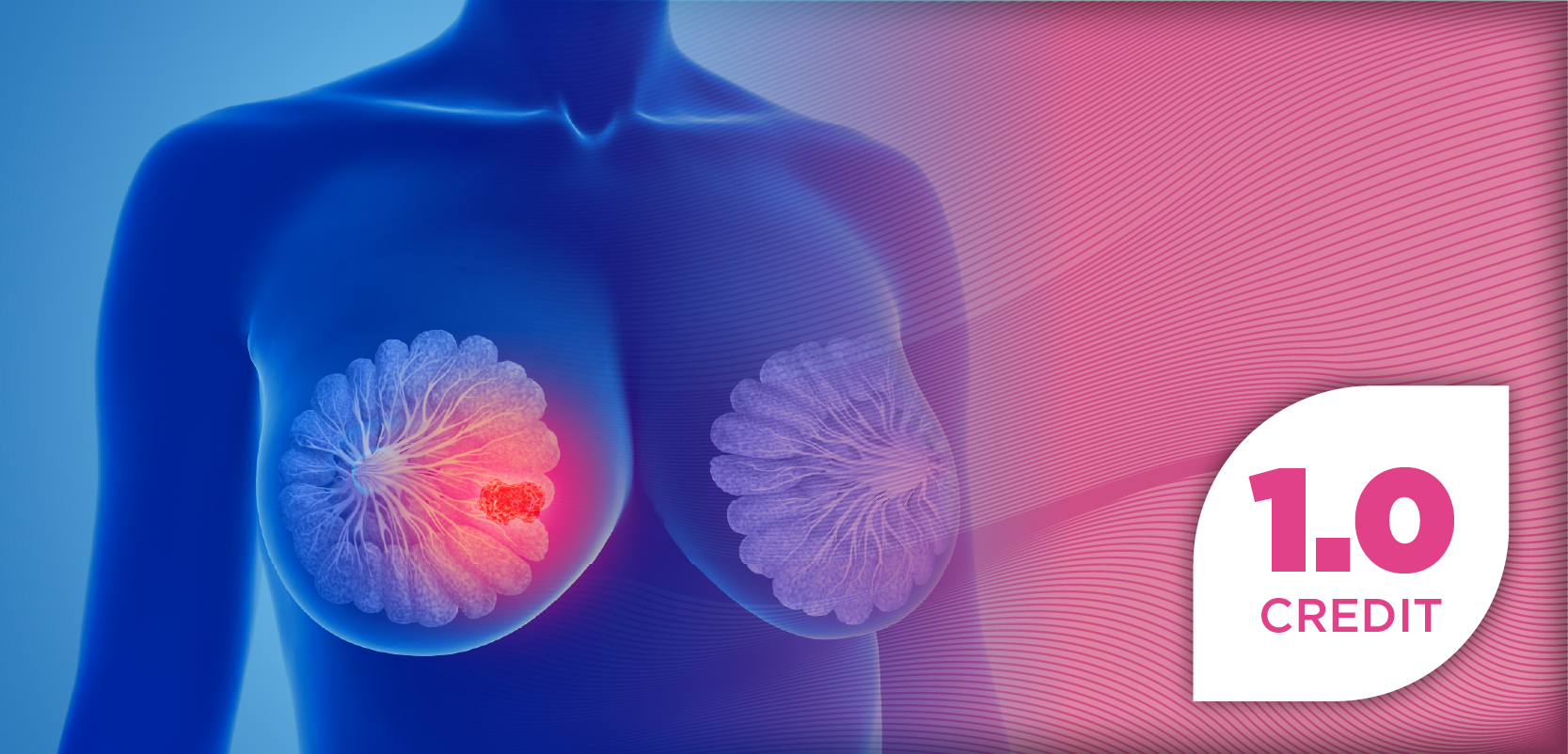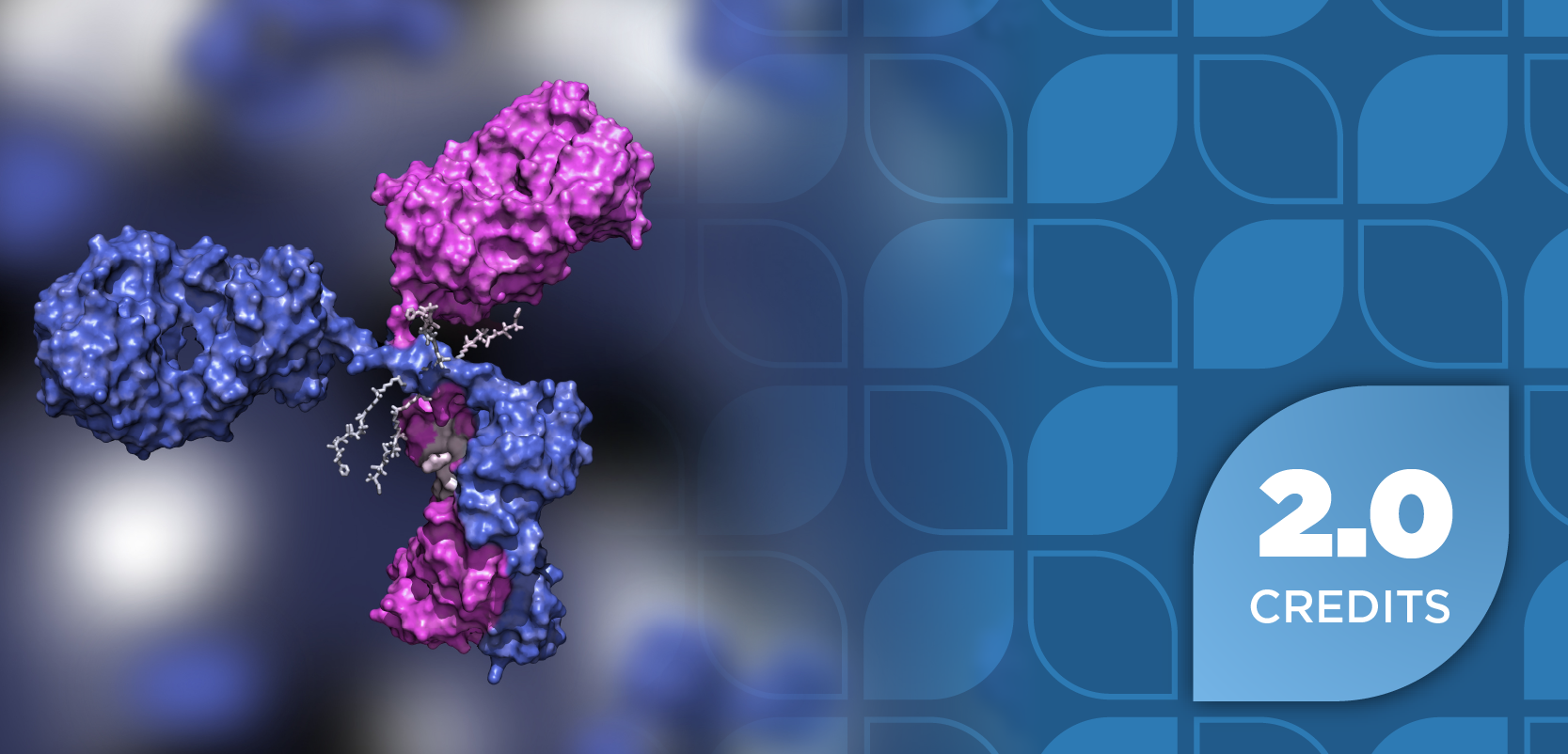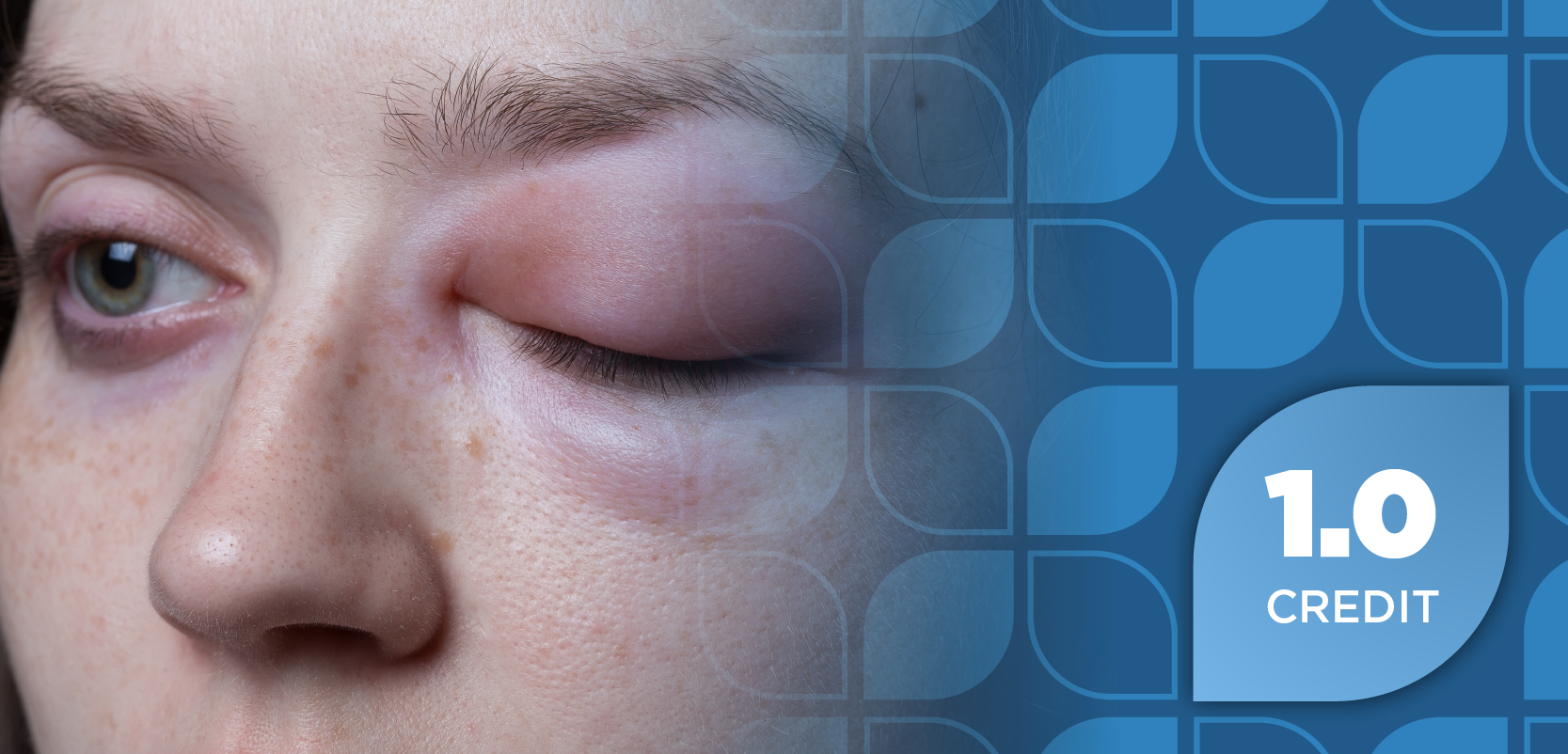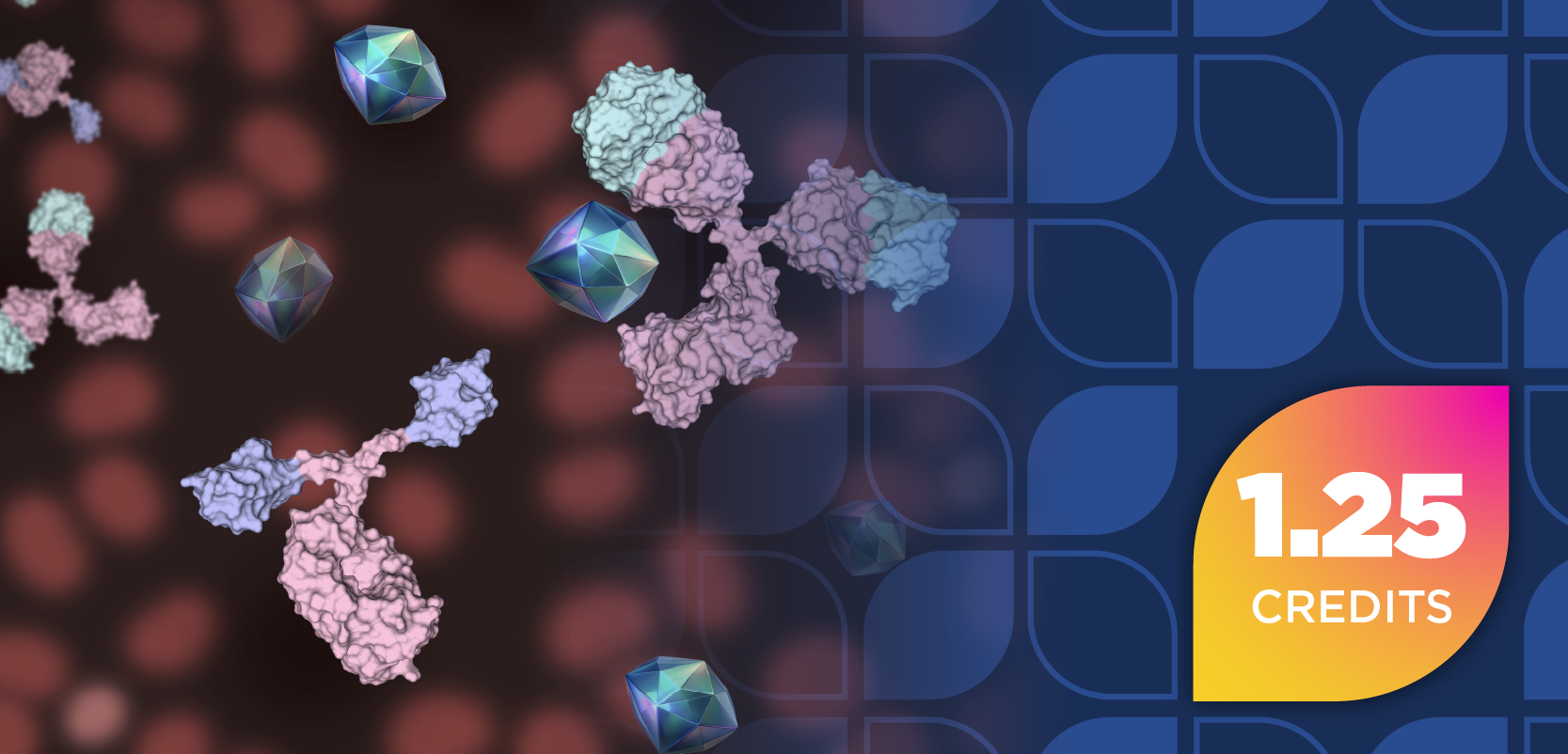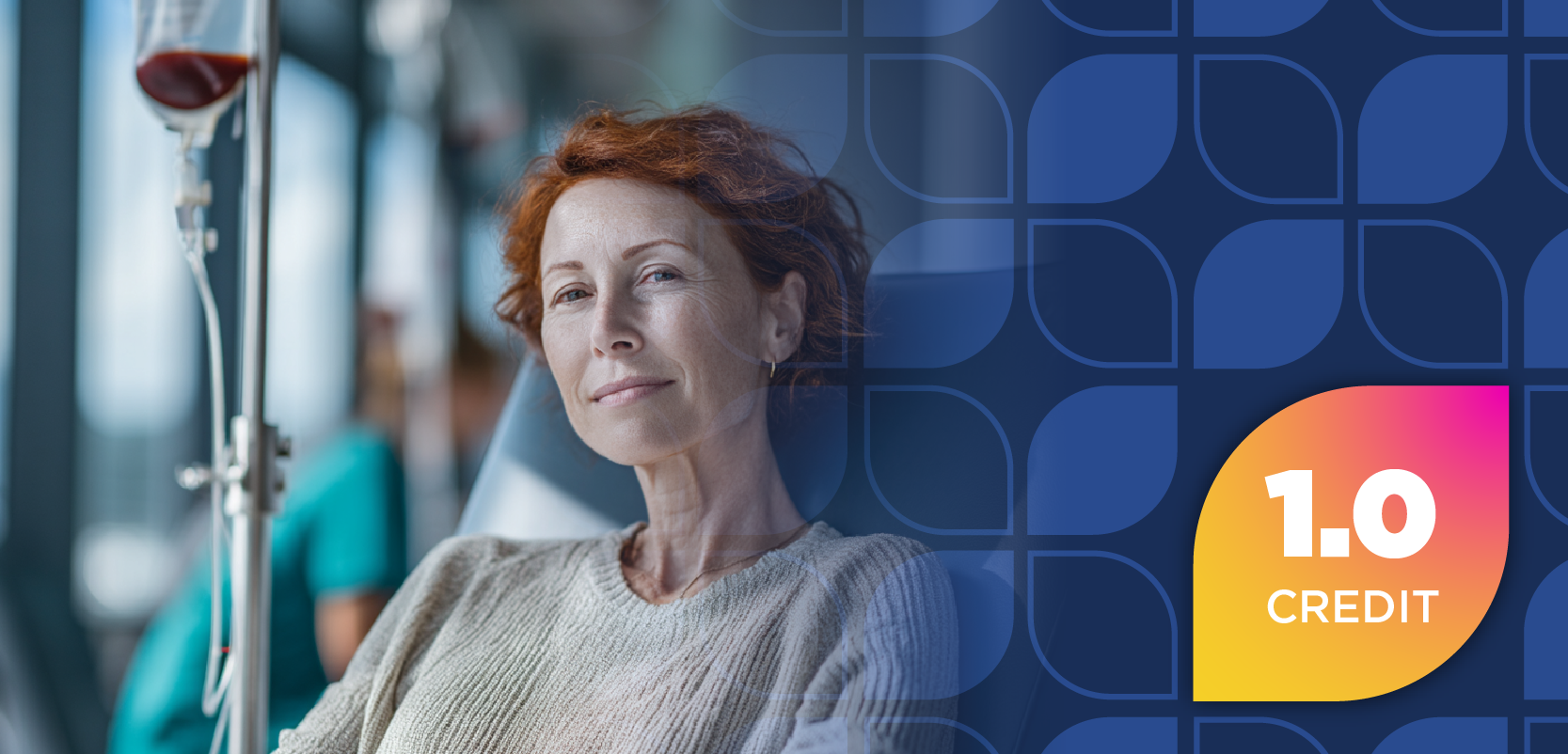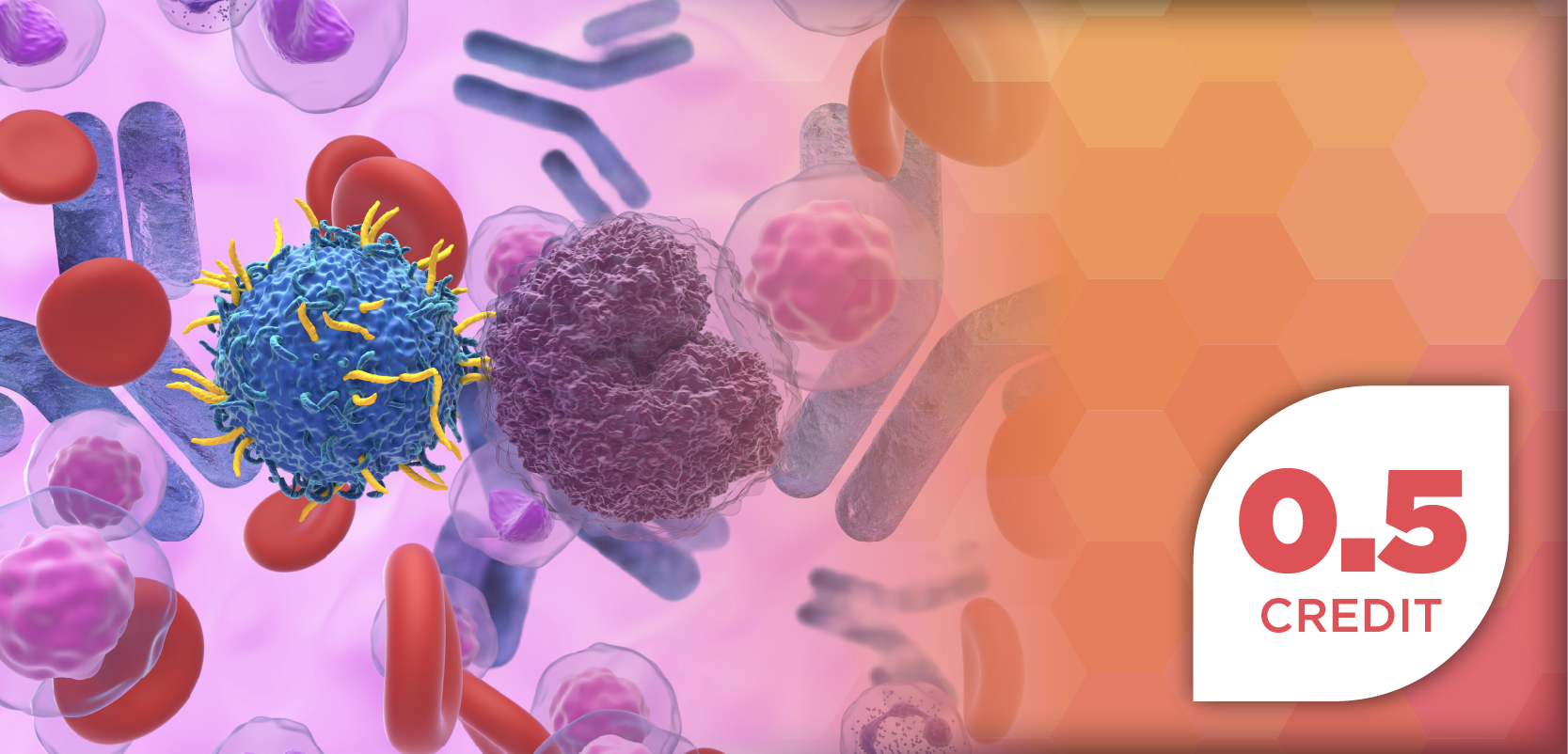Hairy cell leukemia (HCL) is a rare indolent type of chronic lymphocytic leukemia, making up fewer than 2% of all leukemias.1 Historically, purine nucleoside analogues such as cladribine (Mavenclad; EMD Serono) and pentostatin (Nipent; Pfizer) have been the cornerstone of HCL treatment, achieving high response rates and durable remissions.2 However, a significant proportion of patients relapse, with diminishing efficacy of purine analogues upon retreatment and the increased risk of cumulative myelotoxicity and immunosuppression.
The discovery of BRAF V600E as a driver mutation in roughly 90% of HCL cases represents a landmark advancement in understanding the disease’s pathogenesis.3 As a result, targeted therapy with BRAF inhibitors, such as vemurafenib (Zelboraf; Genentech) and dabrafenib (Tafinlar; Novartis), has been incorporated into the National Comprehensive Cancer Network guidelines despite their lack of FDA approval for this disease state.4 BRAF inhibitors, both as stand-alone therapy and in combination with MEK inhibitors, constitute a substantial advancement in the treatment of patients with relapsed or refractory (R/R) HCL whose disease does not respond to standard therapy.
Vemurafenib
A multicenter, single-arm, phase 2 clinical trial (NCT01711632) first evaluated vemurafenib monotherapy in 36 patients with R/R HCL. For the initial course of treatment, patients received vemurafenib 960 mg twice daily for 3 to 6 months. Patients with relapsed disease could be rechallenged with vemurafenib 240 to 960 mg twice daily for a duration based on clinical response. The median age was 59 years (range, 34-80), and 83% of patients were men. Approximately 50% of patients had previously received 2 or more lines of treatment (range, 1-8). Median time from initial diagnosis to start of vemurafenib therapy was 10.5 years (range, 1-33).5
The primary objective was overall survival (OS) and relapse-free survival (RFS) after initial and subsequent treatment with vemurafenib. The 4-year OS rate was 82% (95% CI, 69%-98%), and the median RFS was 19 months (95% CI, 12.5-53.9) after the first course of vemurafenib and 12.7 months (95% CI, 4.2-not reached) after subsequent treatment. An increased probability of RFS was seen with a cumulative vemurafenib treatment dose greater than 230,000 mg compared with a lower cumulative dose of less than 150,000 mg (OR, 7.75 [95% CI, 2.23-26.87]; P = .0013). There was also an increased probability of RFS with treatment duration over 90 days compared with 90 days or less (OR, 2.48 [95% CI, 0.88-7.01]; P = .08), although it was not statistically significant.5
Key secondary end points included the impact of clinical variables on RFS and OS, overall response rate (ORR), and safety. Besides cumulative dosage of vemurafenib, no other clinical variables, including demographics, disease characteristics, disease duration, treatment history, and medical history, demonstrated a statistically significant impact on RFS or OS. The ORR observed in the 36 patients was 86%, with 33% achieving a complete response (CR). However, there was no significant difference in RFS for patients with a CR compared with those with a partial response.5
The overall incidence of adverse effects (AEs) was similar between patients who received initial treatment vs those who received retreatment with vemurafenib. All AEs were grade 1 to 2, with the exception of 1 grade 3 rash and 1 grade 3 fever/pneumonia. The most common AEs that occurred in patients with initial vemurafenib treatment were arthralgia (57%), rash (29%), photosensitivity (36%), and fatigue (29%). During the retreatment therapy , 1 patient developed tonsillar squamous cell carcinoma and another patient with a history of melanoma developed metastatic melanoma. In both cases, vemurafenib was discontinued.5
Vemurafenib + Rituximab
A single-center, single-arm, phase 2 clinical trial (HCL-PG03) explored the combination of vemurafenib plus rituximab in a patient with R/R HCL harboring the BRAF V600E mutation. Patients underwent 2 induction cycles, which consisted of 4 weeks of oral vemurafenib 960 mg twice daily with intravenous rituximab (Rituxan; Genentech) 375 mg/m2 administered on days 1 and 15, followed by a 2-week treatment break. After the second cycle, 4 additional doses of rituximab were given as consolidation therapy 2 weeks apart from one another. In the intention-to-treat analysis, 30 patients were included; these patients had a median age of 61 years, and 90% were men. The median lines of prior therapy was 3 (range, 1-14), and all patients had received a purine analogue. Additionally, 35% of patients were refractory to a purine analogue, 23% of patients were refractory to rituximab, and 23% of patients were refractory to a BRAF inhibitor.6
The primary end point was CR at the end of treatment. Key secondary end points included time to response, minimal residual disease status, progression-free survival (PFS), RFS, and safety outcomes. CR was achieved in 87% of patients. Among the 26 patients who achieved CR, 10 were previously refractory to a purine analogue, 7 were refractory to a BRAF inhibitor, and 5 were refractory to rituximab. Minimal residual disease was negative in the bone marrow aspirate and peripheral blood in 65% of patients with a CR. PFS from the start of treatment was 78% at a median follow-up of 37 months. RFS from the end of treatment was 85% at a median follow-up of 34 months. In a post hoc analysis, the 7 patients who were previously treated with a BRAF inhibitor achieved a longer RFS period with vemurafenib plus rituximab compared with BRAF inhibitor monotherapy (median RFS, > 19.5 months vs 4 months, respectively).6
The most common AEs associated with rituximab were infusion-related reactions (29%) and transient neutropenia (16%). The most common AEs associated with vemurafenib were hyperbilirubinemia (77%), elevated pancreatic enzyme levels (58%), arthralgias or arthritis (55%), and rash (48%). Median dose intensity of vemurafenib was 92%, with dose reductions occurring 2 weeks in.6
Dabrafenib
The efficacy and safety of dabrafenib monotherapy in HCL was first evaluated in a single-center, pilot phase 2 trial of 10 patients with R/R HCL harboring BRAF V600E mutations. Patients received dabrafenib 150 mg twice daily for 8 weeks, followed by an additional 4 weeks of treatment if CR was not obtained. The median age was 62 years, and the median lines of prior therapy was 3.5. Nine patients had previously received a purine analogue, 6 patients received interferon, 3 patients received rituximab, 1 patient received rituximab plus pentostatin, and 2 patients received vemurafenib. Two patients had undergone a splenectomy.7
Disease response was defined as resolution of cytopenias, no palpable splenomegaly, and absence of leukemic hairy cells in bone marrow biopsy and peripheral blood smear. The ORR was 80%, and a CR was achieved in 3 patients (30%). One patient completed 8 weeks of dabrafenib and the remaining 9 patients completed 12 weeks of dabrafenib. Cytopenia recovery of platelets greater than or equal to 100,000/mm3, neutrophils greater than or equal to 1500/mm3, and hemoglobin greater than or equal to 11 g/dL occurred with a median time to recovery of 15 days (range, 6-36), 35 days (range, 1 1-58), and 51 days (range, 43-64), respectively. At a median follow-up of 64 months, the OS rate was 90%.7
Reported AEs included arthralgias in 7 patients, facial flushing in 5 patients, warts in 8 patients, and asymptomatic QTc prolongation in 2 patients. Four patients experienced decreased phosphate levels and 8 patients experienced increased liver/pancreatic function tests. Dose reductions due to treatment-related AEs occurred in 6 patients, with re-escalation in 4 patients to achieve a median dose intensity of 88% of the full starting dose. No grade intravenous AEs or permanent discontinuation of the drug were reported.7
Dabrafenib + Trametinib
MEK inhibitors are known to improve efficacy outcomes when added to a BRAF inhibitor in numerous BRAF-mutated disease states, particularly melanoma.8 Trametinib (Mekinist; Novartis) is a MEK inhibitor that is commonly combined with dabrafenib for its synergistic activity. ROAR (NCT02034110), a multicenter, phase 2 basket study, assessed the efficacy and safety of dabrafenib plus trametinib in 206 patients with BRAF V600E mutation–positive rare cancers that were deemed untreatable with standard chemotherapy options.9
The 8 cohorts of rare, advanced cancers included in the study were HCL (n = 55), anaplastic thyroid cancer (n = 36), biliary tract cancer (n = 43), gastrointestinal stromal tumor (n = 1), small intestine adenocarcinoma (n = 3), low-grade glioma (n = 13), high-grade glioma (n = 45), and multiple myeloma (n = 19). Patients received dabrafenib 150 mg twice daily and trametinib 2 mg once daily until unacceptable toxicity, disease progression, or death. Interruptions and dose adjustments were allowed to manage toxicities and improve tolerability.9
Fifty-five patients with HCL were included in the basket trial. Enrolled patients had relapsed after at least 2 prior lines of treatment or were refractory to first-line therapy with a purine analogue. The median age was 66 years. Prior treatments included cladribine (94.5%), rituximab (63.6%), pentostatin (23.6%), interferon (21.8%), and moxetumomab pasudotox (20%) (Lumoxiti; AstraZeneca); 87.3% of patients received dabrafenib and trametinib for more than 12 months.10
The primary end point of ORR was 89.1% in the HCL cohort (95% CI, 77.8%-95.9%). A CR was achieved in 65.5% of patients. In patients with a response, the median duration of response (DOR) was not reached. The 24-month DOR rate was 97.7% (95% CI, 84.6%-99.7%), and the median time to first CR was 6 months. Median PFS was not reached, and the 24-month PFS rate was 94.4% (95% CI, 83.5%-98.1%). Similarly, median OS was not reached, and the 24-month OS rate was 94.5% (95% CI, 83.9%-98.2%). Median hemoglobin was normalized by week 8, platelets by week 4, and neutrophils by week 8.10
Across all disease cohorts in the basket trial, the most common AEs occurring in 20% or more of patients who received dabrafenib plus trametinib were pyrexia (54.9%), fatigue (42.2%), and nausea (41.7%). Neutropenia (7.3%), anemia (6.3%), and pneumonia (5.3%) were the most common grade 3 or higher AEs. The most commonly reported serious AE that was attributed to the study drug was pyrexia (9.2%).9
Reflective of the AEs experienced in other disease states, the most common any-grade AEs in the HCL cohort were pyrexia (58.2%), hyperglycemia (40%), chills (47.3%), dermatitis acneiform (38.2%), fatigue (34.5%), myalgia (32.7%), increase in aspartate aminotransferase (32.7%), peripheral edema (30.9%), and nausea (30.9%). Any-grade hematologic AEs included anemia (18.2%), neutropenia (10.9%), and thrombocytopenia (5.5%). Specifically in the HCL cohort, 63.6% of patients had a grade 3 or higher AE. The most common grade 3 or higher AEs were hyperglycemia (9.1%), pyrexia (7.3%), and pneumonia (7.3%). AEs leading to dose reduction occurred in 52.7% of patients, dose interruption in 69.1%, and permanent discontinuation in 21.8%. Cutaneous squamous cell carcinoma was reported in 16.4% of patients and basal cell carcinoma in 23.6%. Seven patients died during the study, 4 due to progressive disease.10
About the Authors
Husna Rahim, PharmD, RPh, is a medical communications specialist in Atlanta, Georgia.
Sukeina Nasser, PharmD, RPh, CPh, PACS, is a clinical pharmacist at Optum Health in Detroit, Michigan.
Rezarta Lako, PharmD, BCPS, is a pharmacist with Shields Health Solutions in Rochester, New York.
Richa Shah, PharmD, BCOP, is a leukemia clinical pharmacy specialist at Memorial Sloan Kettering Cancer Center in New York, New York.
Jessie Modlin, PharmD, BCOP, is an oncology pharmacist at St Luke’s Health System in Boise, Idaho.
Avani Yenamandra, PharmD, BCOP, is a clinical pharmacy specialist at MD Anderson Cancer Center at Cooper in Camden, New Jersey.
Kevin Pang, PharmD, is a pharmacist at Cooper University Hospital in Camden, New Jersey, and is the manager of a clinical-stage authoring group.
Conclusion
Historically used to treat cancers such as melanoma, the employment of BRAF inhibitors in R/R HCL represents a novel tar geted approach. Clinical trials assessing vemurafenib, dabrafenib, and various combination regimens have consistently yielded significant response rates. These studies not only highlight the potential for improved patient outcomes, but also underscore the importance of personalized medicine in the management of HCL.
Notably, the combination of dabrafenib plus trametinib was studied in the greatest number of patients and showed exceptional rates of response. The DOR extended beyond 24 months for the vast majority of patients, signaling the potential for better long-term disease control.10 Despite these favorable outcomes, challenges with chronic therapy remain, such as managing AEs and anticipating mechanisms underlying drug resistance. The exploration of low-dose regimens, particularly for vemurafenib, may optimize therapy for those susceptible to dose-limiting toxicities.
Future research should focus on optimizing treatment duration, managing resistance mechanisms, and identifying patients with HCL most likely to benefit from regimens incorporating BRAF inhibitors. As personalized medicine advances, the goal is to extend survival and improve quality of life for patients with this rare but challenging hematologic malignancy.
REFERENCES
Hairy cell leukemia. National Cancer Institute. Accessed January 15, 2025. https://seer.cancer.gov/seertools/hemelymph/51f6cf57e3e27c3994bd5399/
Rosenberg JD, Burian C, Waalen J, Saven A. Clinical characteristics and long-term outcome of young hairy cell leukemia patients treated with cladribine: a single-institution series. Blood. 2014;123(2):177-183. doi:10.1182/blood-2013-06-508754
Tiacci E, Pettirossi V, Schiavoni G, Falini B. Genomics of hairy cell leukemia. J Clin Oncol. 2017;35(9):1002-1010. doi:10.1200/JCO.2016.71.1556
NCCN. Clinical Practice Guidelines in Oncology. Hairy cell leukemia, version 1.2025. Accessed January 15, 2025.https://www.nccn.org/professionals/physician_gls/pdf/hairy_cell.pdf
Handa S, Lee JO, Derkach A, et al. Long-term outcomes in patients with relapsed or refractory hairy cell leukemia treated with vemurafenib monotherapy. Blood. 2022;140(25):2663-2671. doi:10.1182/blood.2022016183
Tiacci E, De Carolis L, Simonetti E, et al. Vemurafenib plus rituximab in refractory or relapsed hairy-cell leukemia. N Engl J Med. 2021;384(19):1810-1823. doi:10.1056/NEJMoa2031298
Tiacci E, De Carolis L, Simonetti E, et al. Safety and efficacy of the BRAF inhibitor dabrafenib in relapsed or refractory hairy cell leukemia: a pilot phase-2 clinical trial. Leukemia. 2021;35(11):3314-3318. doi:10.1038/s41375-021-01210-8
Long GV, Stroyakovskiy D, Gogas H, et al. Combined BRAF and MEK inhibition versus BRAF inhibition alone in melanoma. N Engl J Med. 2014;371(20):1877-1888. doi:10.1056/NEJMoa1406037
Subbiah V, Kreitman RJ, Wainberg ZA, et al. Dabrafenib plus trametinib in BRAFV600E-mutated rare cancers: the phase 2 ROAR trial. Nat Med. 2023;29(5):1103-1112. doi:10.1038/s41591-023-02321-8
Kreitman RJ, Moreau P, Ravandi F, et al. Dabrafenib plus trametinib in patients with relapsed/refractory BRAF V600E mutation-positive hairy cell leukemia. Blood. 2023;141(9):996-1006. doi:10.1182/blood.2021013658


